Homework Turned into Historical Discovery
Daniel Rom Kristiansen was given a simple assignment for his history class. He had to do research about World War II. Little did he know that his homework would hit international news! Who would’ve thought that this remarkable find all started out with a joke?

Homework Turned into Historical Discovery
Have You Checked the Fields?
You may be wondering how a joke turned into something with incredible historical value. Upon hearing of his son’s homework, Klaus Kristiansen suddenly remembered his grandfather’s story about their farmland. The mention of Daniel’s history assignment brought back memories of his grandfather’s unbelievable stories.

Have You Checked the Fields?
This Very Farm
Klaus recalled that his grandfather always insisted that something eventful happened on their family’s farm about 73 years ago. Their family had lived on that land for several generations. They cultivated the land for agriculture and cattle grazing. However, that same land had been home to more than just plants and animals.

This Very Farm
Mysterious Crash
Klaus recounted the details of his grandfather’s story when he was invited to a Danish news station, DR P4 Nordjylland: “When Daniel was recently given homework about World War Two, I jokingly told him to go out and find the plane that is supposed to have crashed out in the field.” He never imagined that his grandfather was telling the truth then.
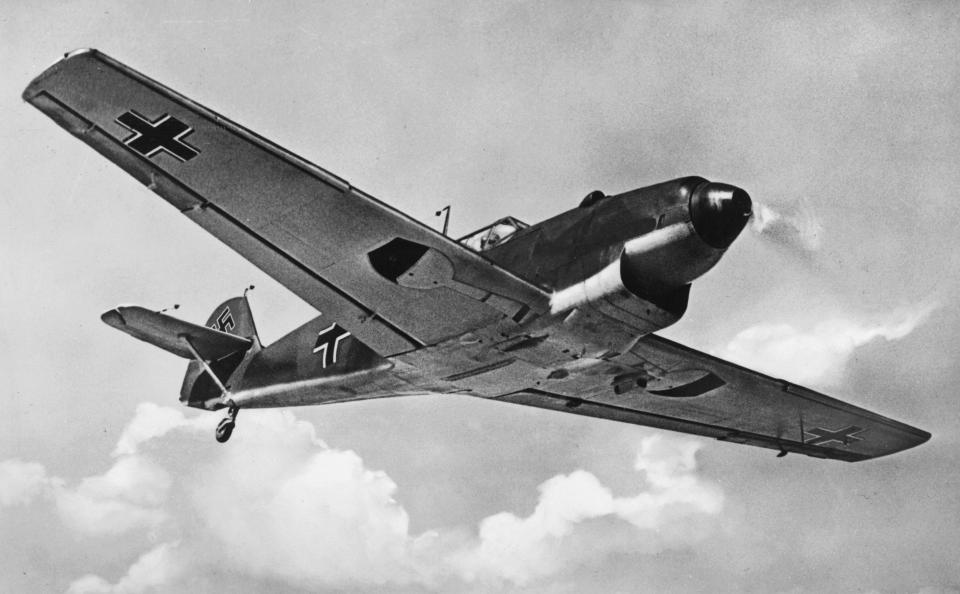
Mysterious Crash
On The Hunt
He probably didn’t think his son would believe his joke. However, Daniel did go with his story and set off to find the crashed plane. We’re glad Daniel did, otherwise, an interesting artifact would have remained hidden for more years to come.
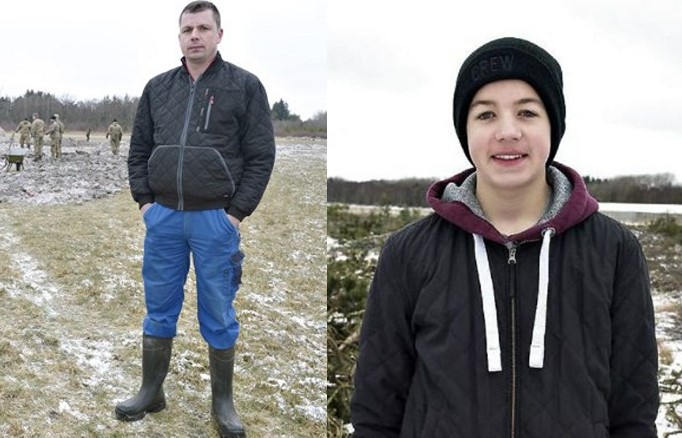
On The Hunt
Casual Search
The father and son then set off to begin their search. They took a metal detector with them in the field. Klaus mentioned, “I hoped we might find some old plates or something for Daniel to show in school.” They really had no clue about what was in store for them in the field.
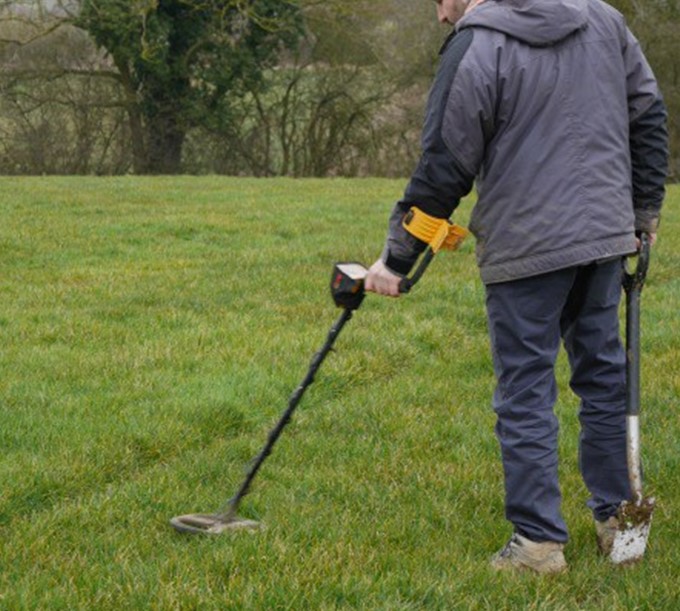
Casual Search
Hidden Treasure
Klaus Kristiansen had believed that his grandfather’s stories were more fiction than truth. He never thought that it was possible to find a crashed plane in their field. Also, he remembered his grandfather telling him that the wreckage from the plane crash had already been removed. However, he saw the metal detector going wild right before his eyes.
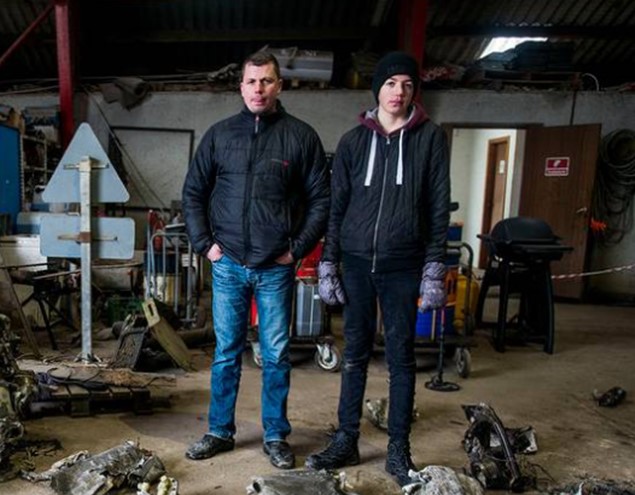
Hidden Treasure
Need To Go Deeper
At first, Klaus and Daniel were able to unearth only little fragments from the plane. They discovered these chunks after digging through 12 feet of land. Realizing that there must be more pieces hidden underneath, they sought help to be able to dig deeper.
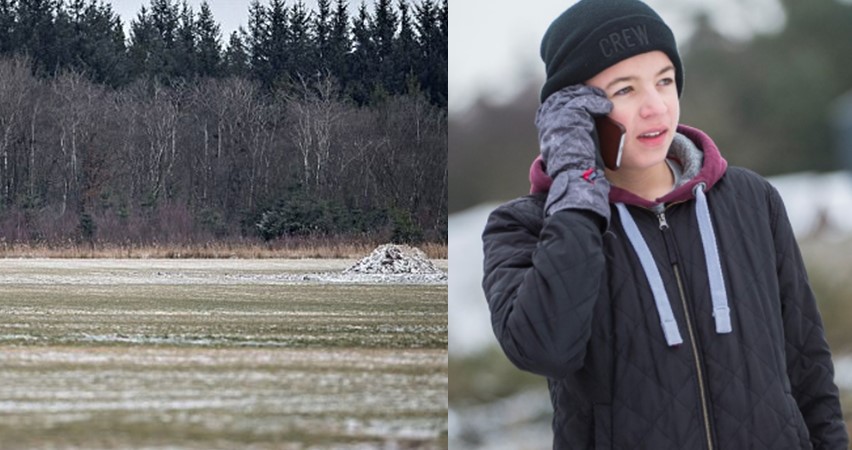
Need To Go Deeper
Continuing The Search
To further their search, Klaus borrowed an excavator from their neighbor. Upon digging through four to six meters of land, they were able to unearth the plane’s carcass! They also unearthed bones from the suspected pilot of the plane. It was definitely a lot more than what Klaus was expecting to find.
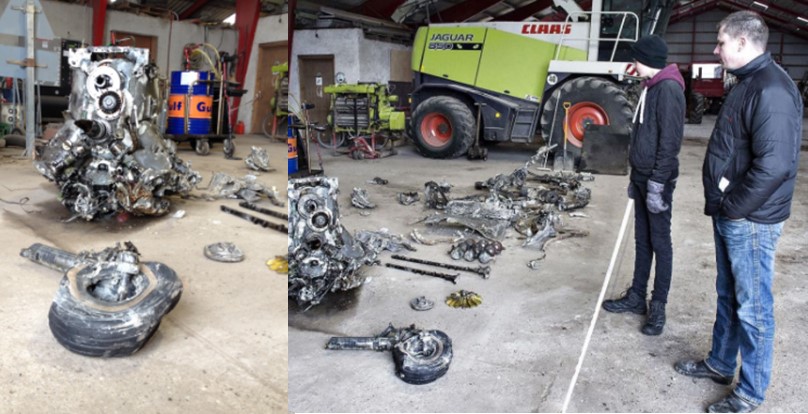
Continuing The Search
Laying In The Backyard For 75 Years
Klaus Kristiansen was also interviewed by Politiken, a Danish newspaper. He told them, “The plane had crashed into thousands of pieces. Everything was so well preserved that you could hardly see it had been laying there for nearly 75 years.”

Laying In The Backyard For 75 Years
More Than A Plane
Upon continuing their search, the father and son team came across the motor of the plane. Soon after, they discovered pieces of clothing together with some personal items – a wallet with money and a book. They were completely dumbfounded by their findings.
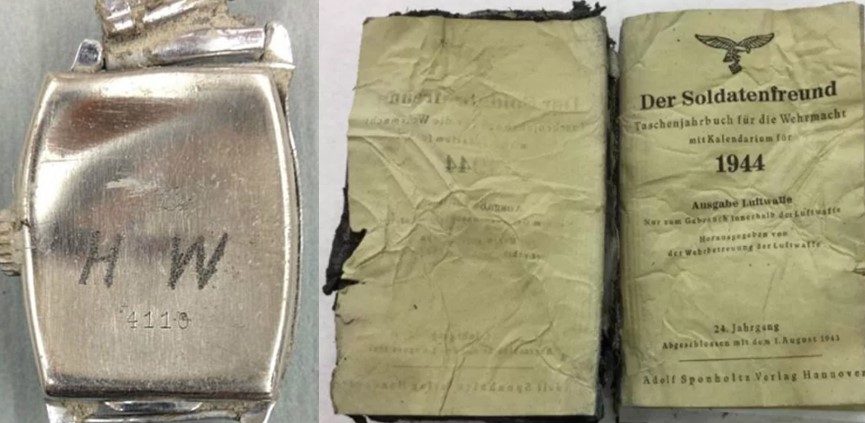
More Than A Plane
Unbelievable
In an interview with BBC, Klaus detailed the process of the excavation: “In the first moment it was not a plane. It was maybe 2,000 – 5,000 pieces of a plane. And we found a motor…then suddenly we found parts of bones, and parts from [the pilot’s] clothes.” They were definitely on to something huge!” It was definitely an unexpected discovery.
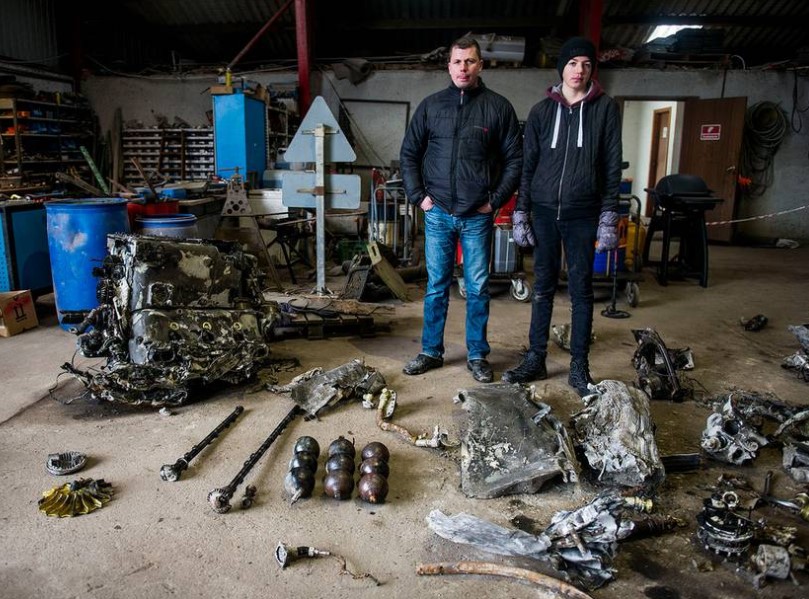
Unbelievable
Extraordinary Find
What was once just a plain field used for cattle grazing turned into a place of historical discovery! After finding such items in his land, Klaus contacted World War II historians as well as Danish authorities to sort things out.
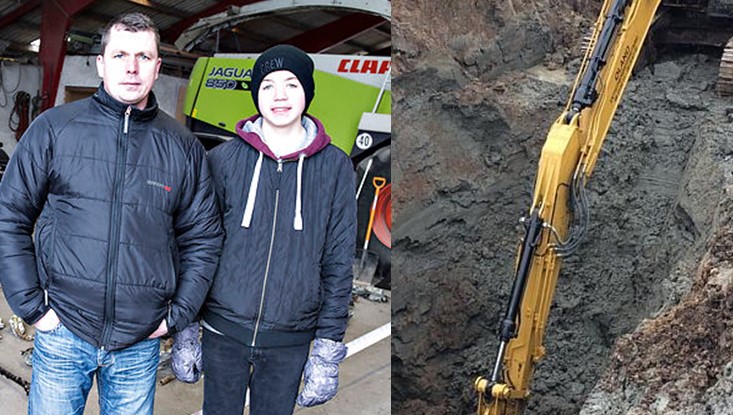
Extraordinary Find
Not A Clue
Can you imagine living on land with practically buried treasure and having no clue about it? Well, that’s the case for Klaus and his family. Although he lived on their family farm for over forty years, he was completely unaware that a German fighter plane remained buried underground.
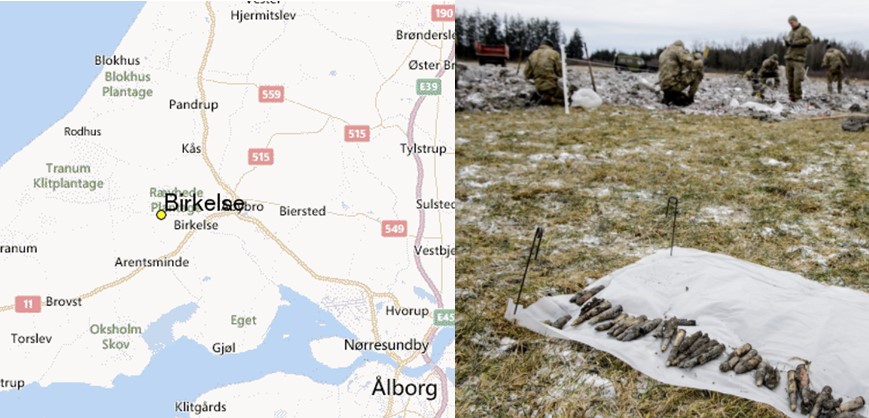
Not A Clue
Day Off
Daniel surely didn’t want to miss all the action going on. It was a good thing that his school gave him a day off for him to witness the continuing excavation. According to his father, “He’s actually been given the day off school today so that he can watch the police and bomb disposal people working. It’s quite exciting for all of us.”
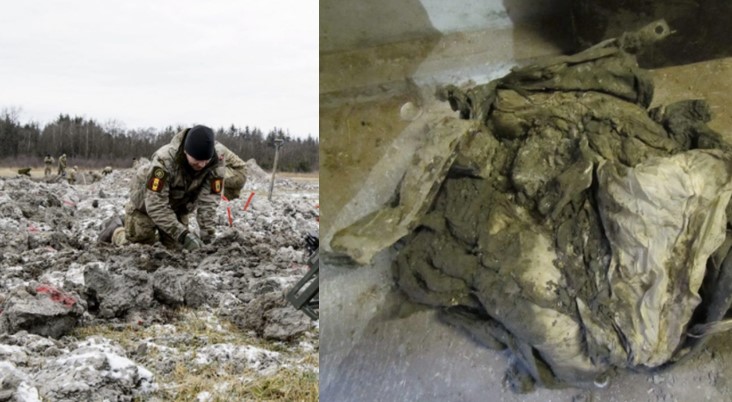
Day Off
Tall Tales Become Reality
The crashed plane was a genuine German aircraft used during World War II. It belonged to the Luftwaffe, Nazi Germany’s air force. Fighter planes of this kind were dispatched all over Europe even reaching as far as the North African region. The plane’s identification gave answers to some questions.
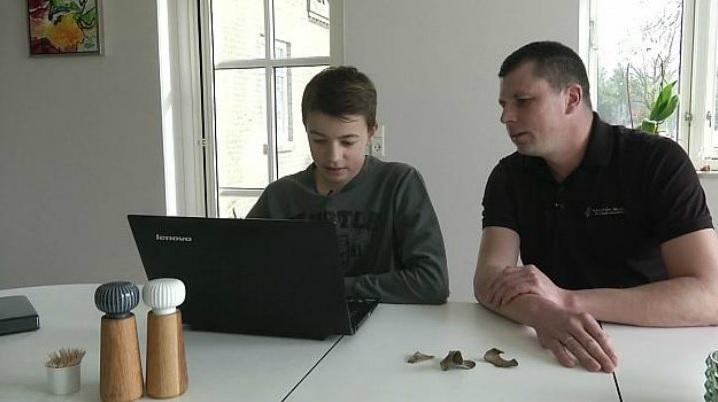
Tall Tales Become Reality
Dating The Crash
Klaus Kristiansen first suspected that the plane crash happened sometime in November or December of 1944. It was because his grandfather told him that the crash happened around the time when he was together with Klaus’s grandmother and uncle. They were supposedly baking cookies for Christmas at the time!
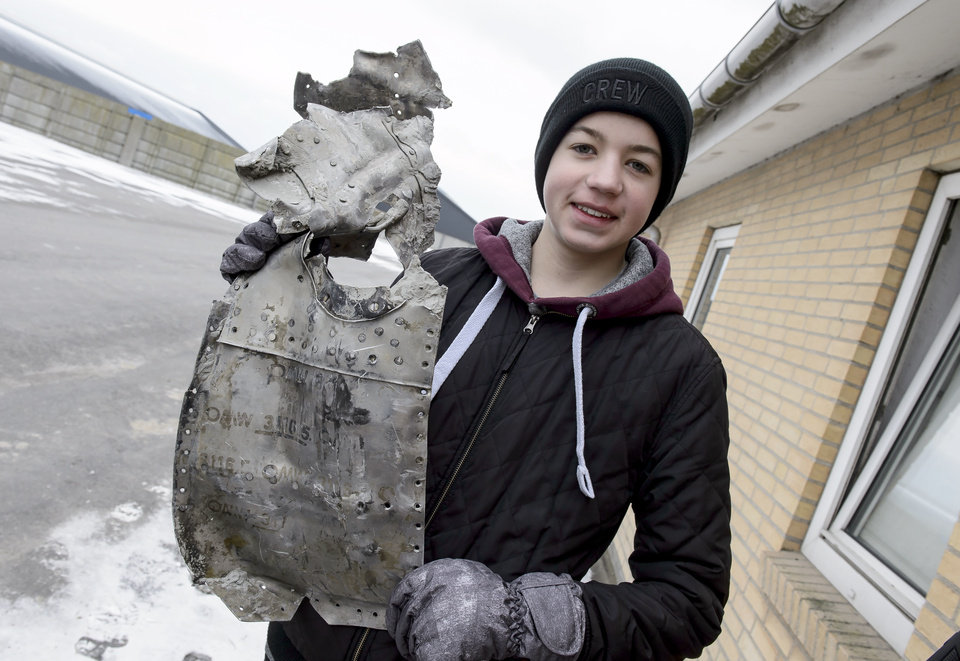
Dating The Crash
A Secret Skeleton
Aside from the German fighter plane, the remains of the pilot were also found. It included the bones, trousers, and jacket of the deceased. The pilot’s clothing matched the uniform worn by Nazi pilots during World War II.
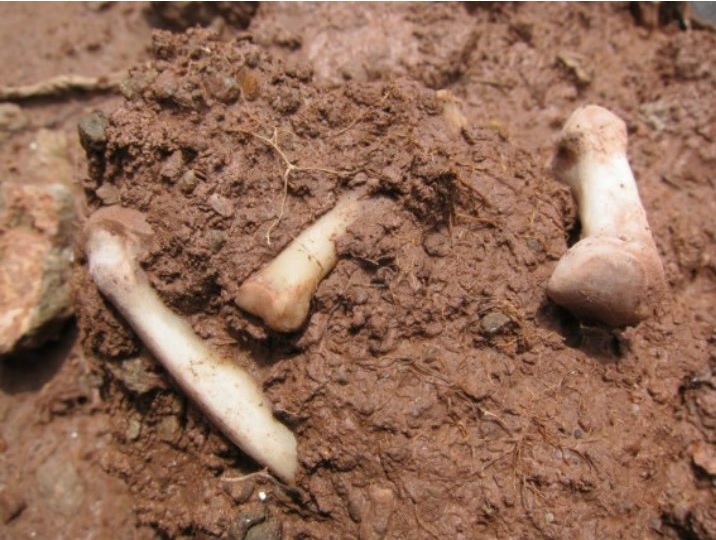
A Secret Skeleton
Proving His Grandfather Right
Who would’ve thought that one of his grandfather’s stories would lead him and his son to a historical discovery? Klaus and Daniel, with the help of specialists, uncovered a valuable piece of history. Klaus’s grandfather would surely be proud of their accomplishment.
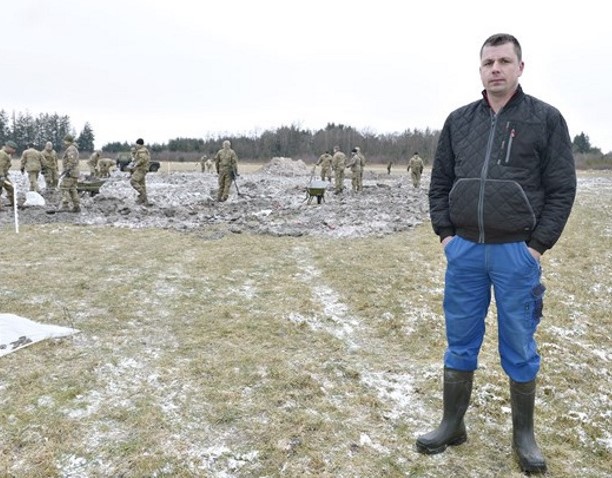
Proving His Grandfather Right
Belongings of a Nazi Pilot
Upon further inspection of the pilot’s items, they discovered that his wallet was full of Nazi emblems and insignia. It also contained German money and cigarette rolling paper. “And then we found some personal things – books, a wallet with money…either it was a little Bible or it was Mein Kampf – a book in his pocket. We didn’t touch it, we just put it in some bags,” Klaus said. It was then that he knew that they needed to seek professional help.
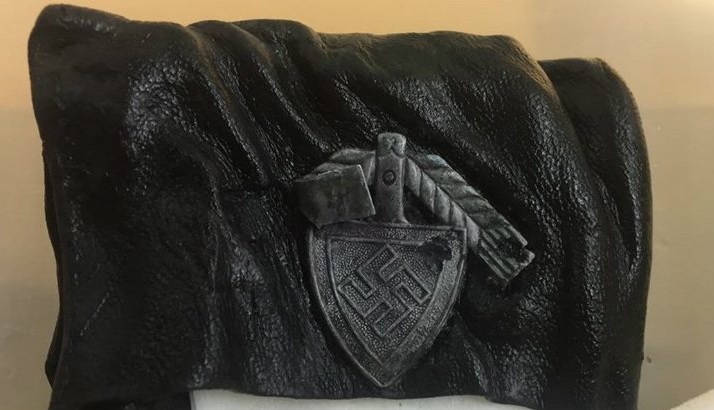
Belongings of a Nazi Pilot
Handing The Investigation Over
Klaus and his son made a wise decision when they decided to call historians and police authorities to the site. If they had carelessly touched the items, they could have brought irreversible damage to critical evidence. Their findings only led to more questions. Who was the Nazi pilot? Why did the plane go down?
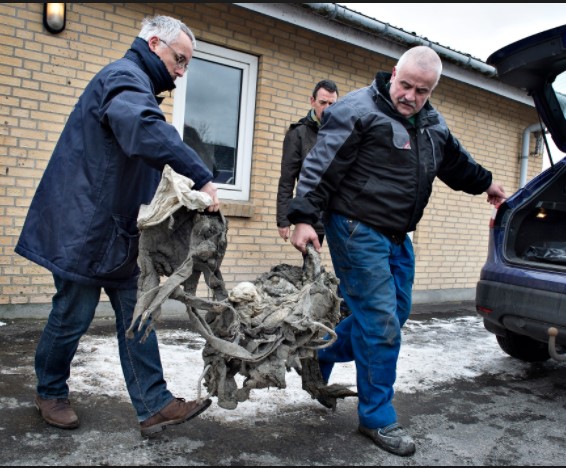
Handing The Investigation Over
Discovering the Story
Klaus and Daniel then informed the authorities about everything they saw. Since Klaus had a rough estimate of when the Nazi plane crashed, the authorities did not need to start from scratch. The professionals then performed a meticulous analysis of the site. They helped answer some of the Kristiansen family’s questions.
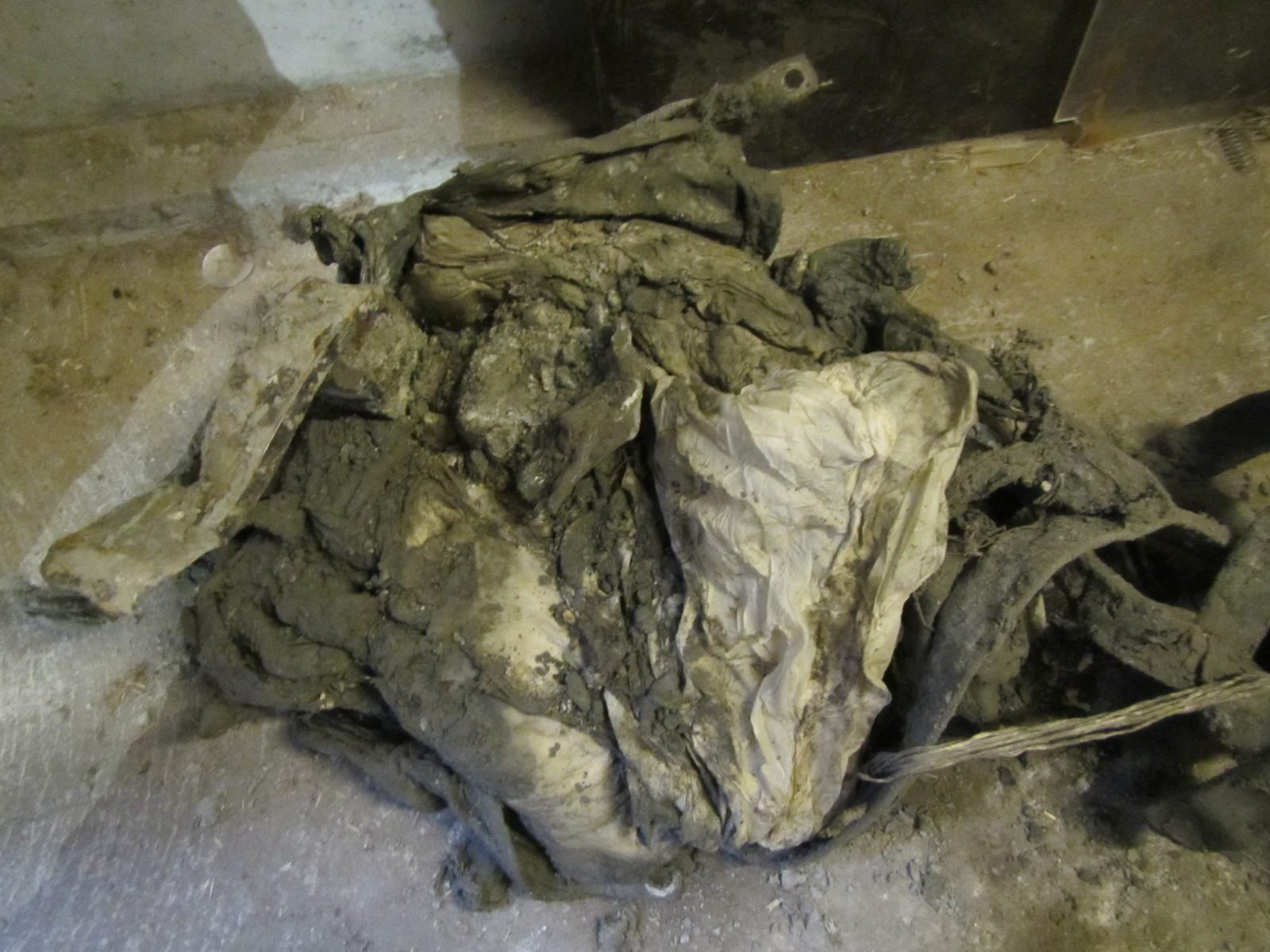
Discovering the Story
Help from Professionals
Klaus and his family allowed the investigation to continue on their family farm. The wreckage from the plane was then brought to the Nordjyllands Historiske Museum, also known as The Historical Museum of Northern Jutland. Who would’ve imagined that such a great discovery began with a 14-year old’s homework?
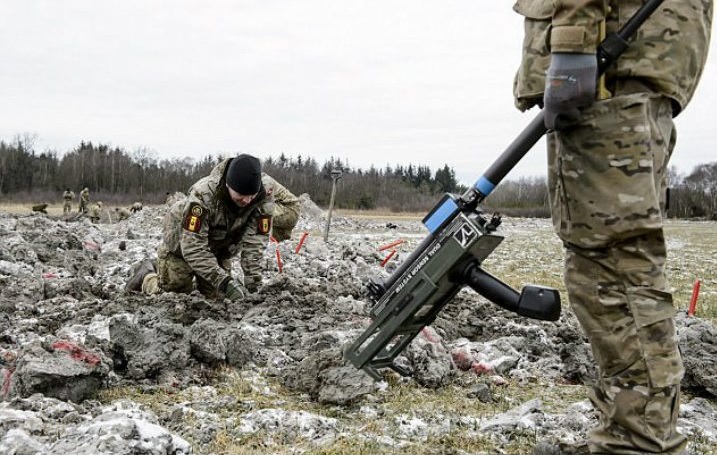
Help from Professionals
Worldwide Attention
No one from the Kristiansen family was probably prepared for the aftermath of their discovery. They thought that the farthest their findings would reach is the local newspapers. They couldn’t be more wrong. The next day, their story attracted the attention of reporters from all over the world. They received nonstop calls from journalists wanting to cover the story. Moreover, helicopters from TV stations were sent to their farm. Everyone wanted to know the pilot’s identity and the plane crash’s role in the war!
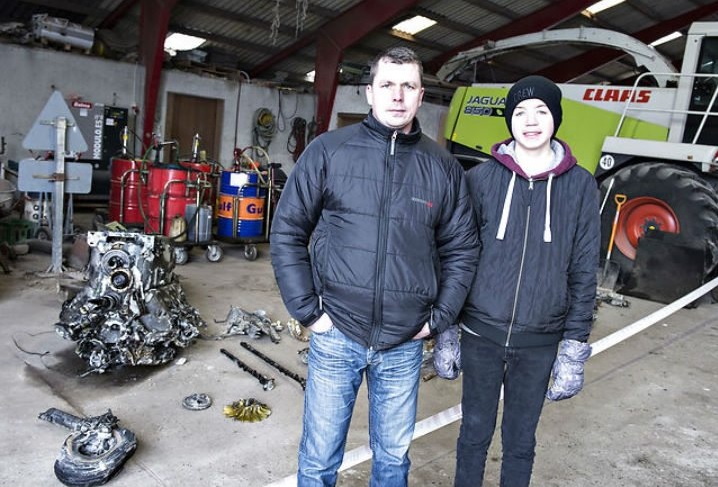
Worldwide Attention
Up Close with History
Klaus’s family was fortunate to have stumbled upon such a valuable piece of history. He told authorities, “At first we were digging up a lot of dirt with metal fragments in it. Then we suddenly came across bones and pieces of clothes. It was like opening a book from yesterday.” This figurative book definitely looks like it could tell us about the time period it was from!
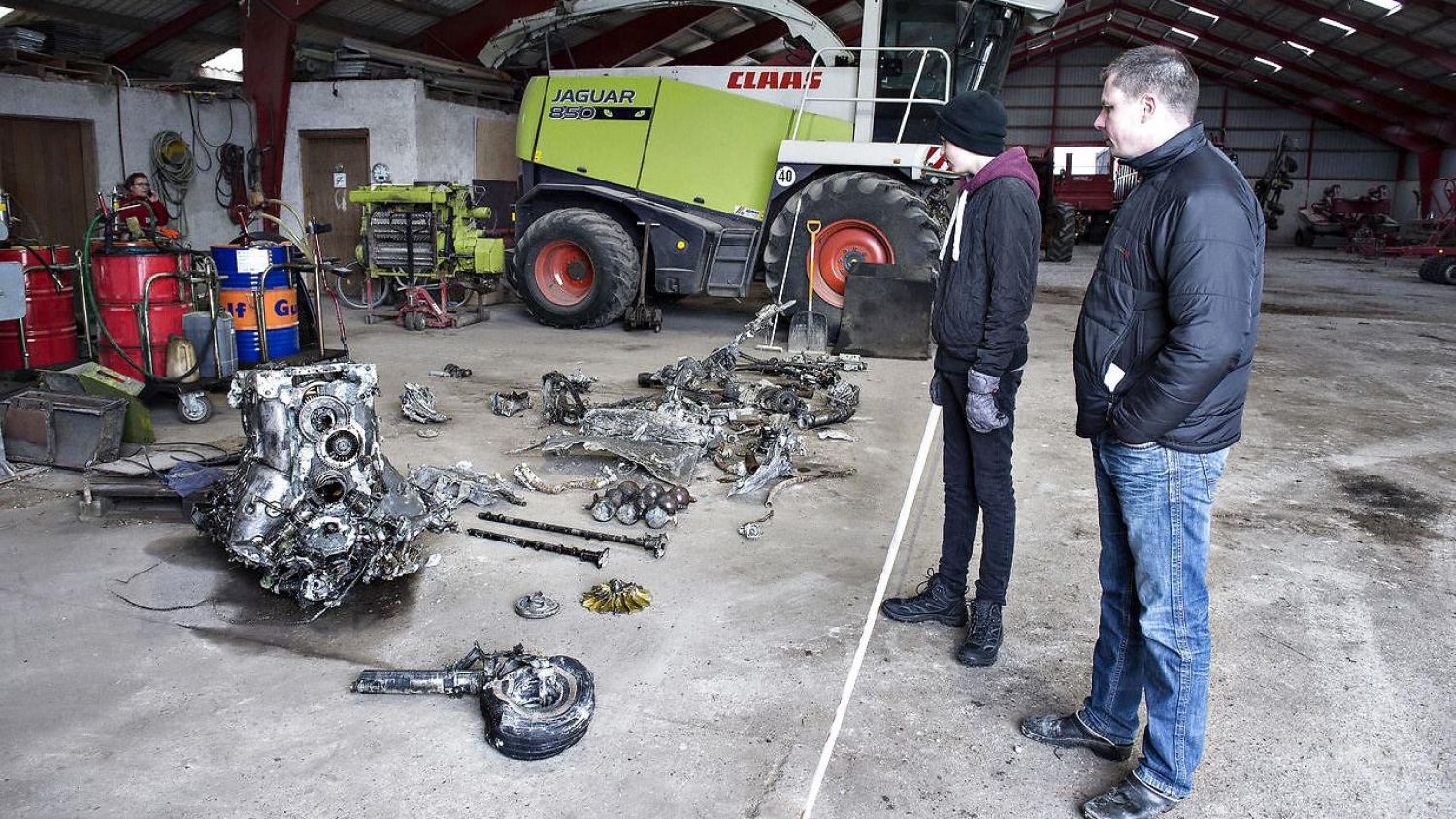
Up Close with History
Hard to Believe
Although Klaus Kristiansen had lived on the farm for over forty years, he never once noticed anything that resembled a metal on the field. Looking back, he always thought that his grandfather simply made up a good story. Also, his other relatives dismissed his grandfather’s claims due to his old age. Moreover, he remembered his grandfather saying that the plane was retrieved by the occupying forces. That’s why he never seriously thought about going out in the field to search for the plane!
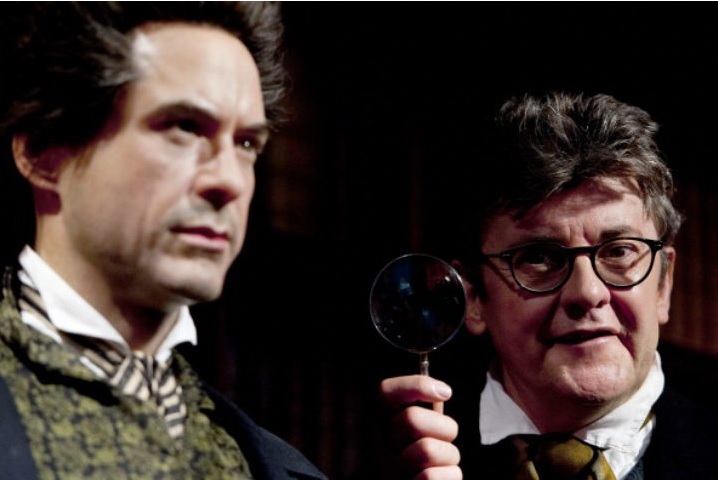
Hard to Believe
Reflecting On His Grandfather
For the longest time, Klaus had dismissed his grandfather’s story. However, upon discovery of the plane wreckage, he expressed some regret: “Unfortunately, he died 15 years ago, but I should have listened more to him when he was alive.” However, even though he’s gone, Klaus still learned a valuable lesson from him. Now, Klaus can tell interesting stories to his grandchildren as well!
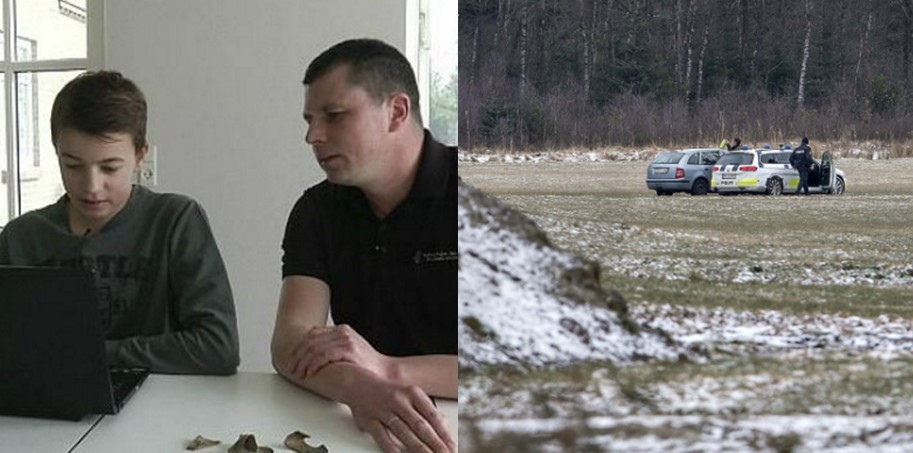
Reflecting On His Grandfather
Getting Closer to Uncovering the Identity
The formal investigation required the shutdown of the site. The North Jutland Police secured the perimeter and summoned a bomb disposal unit to the area. Experts were called in to ensure the safety of the investigation since a massive amount of ammunition was suspected to be in the area. Meanwhile, the plane wreckage and the pilot’s remains were safely transported to the museum.
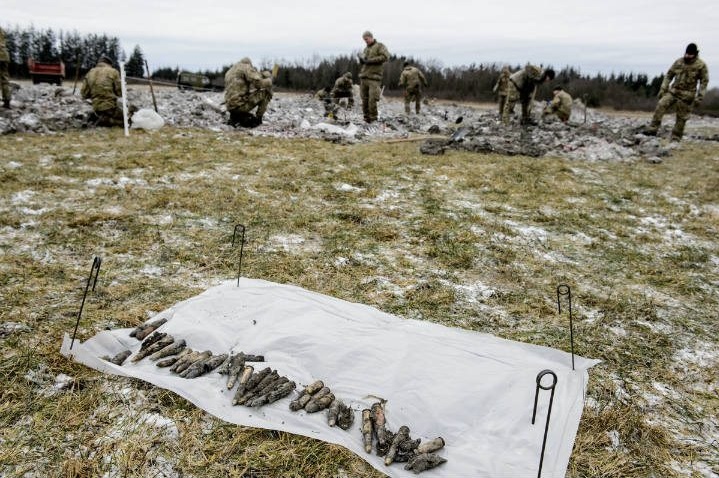
Getting Closer to Uncovering the Identity
Reaching Out To The Germans
Marko Naoki Lins spoke on behalf of the German embassy in Copenhagen about the discovery. He explained Germany’s record keeping system in detail. It involves a thorough documentation of deceased soldiers and the maintenance of their respective graves. The records are crucial in the determination of the pilot’s identity.

Reaching Out To The Germans
Possible Identity
Søren Flensted, a historian who specializes in World War II aircraft, suspected that the plane was driven by an inexperienced pilot. Flensted said, “There are records that someone in northern Denmark crashed into a mire in November 1944, and it was impossible to get him up… So that could be him.” Now, the mystery about this case is slowly unraveling. However, we still wonder what mission the pilot had.
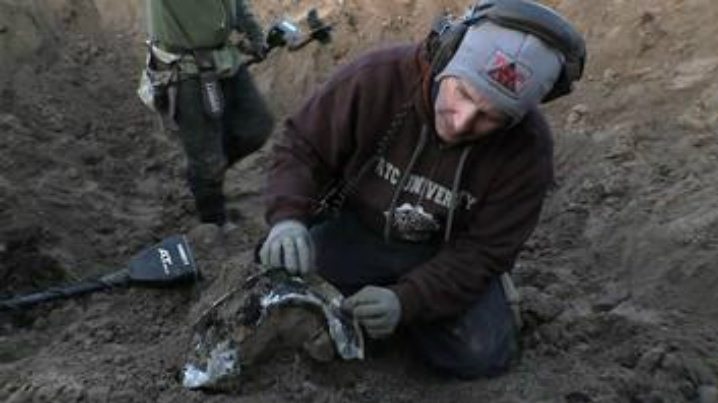
Possible Identity
Famous Fighter Aircraft Slowly Unravels Mystery
Flensted remarked that the plane wreckage found belonged to a Messerschmitt Bf 109. During World War II, the Luftwaffe had over 3,000 of these fighter planes. The purpose of this type of aircraft was originally to intercept enemy planes, however, it performed other tasks later in the war. The Messerschmitt Bf 109 is, in fact, the most produced fighter plane to date.
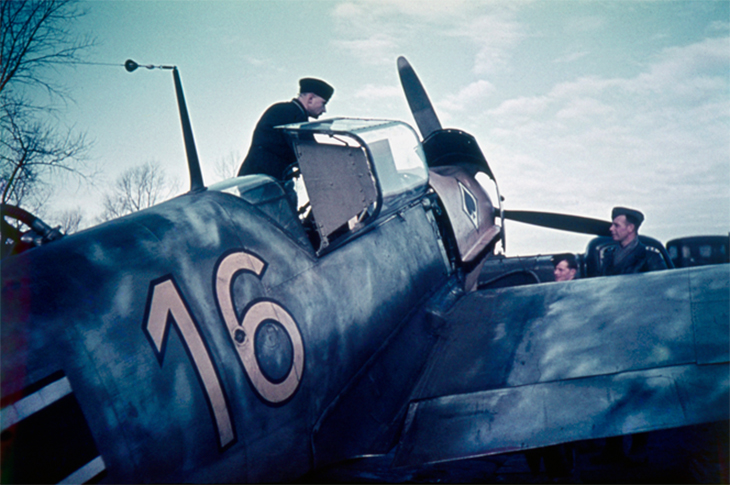
Famous Fighter Aircraft Slowly Unravels Mystery
Other Purposes
The Messerschmitt Bf 109 fighter plane was a highly developed aircraft equipped with several features. It was fighter-bomber plane that can even handle ground attacks. It can endure all types of weather and can even do reconnaissance surveillance.
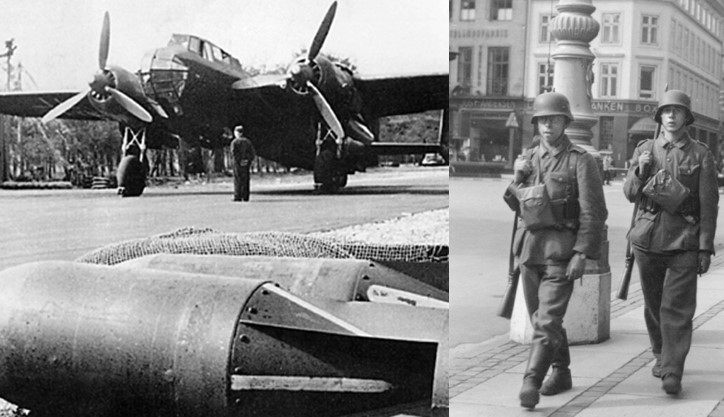
Other Purposes
Dissecting the Parts
There are still a lot of things to consider before forming final conclusions about what happened. The recovered engine, ammunition, and twisted fuselage provided vital information about the crash. It makes us wonder if the plane was built with faulty parts. Another important piece of the puzzle is the pilot’s remains. The head of archaeology of the museum, Torben Sarauw, closely examined the recovered items to shed more light on this case.
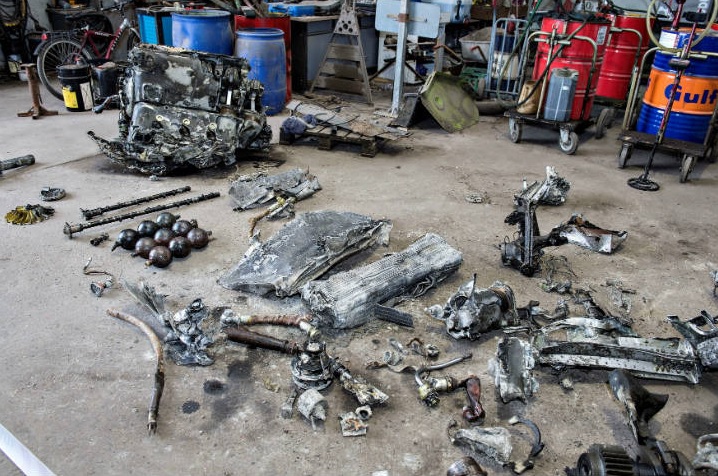
Dissecting the Parts
Expert’s Comments
Sarauw commented that although the Messerschmitt Bf 109 was a common fighter plane during the war, “It’s quite a special find.” He emphasized that the plane was the only German plane located in this part of Denmark! This is crucial information for Sarauw and his team as they attempt to piece together what happened 73 years ago.
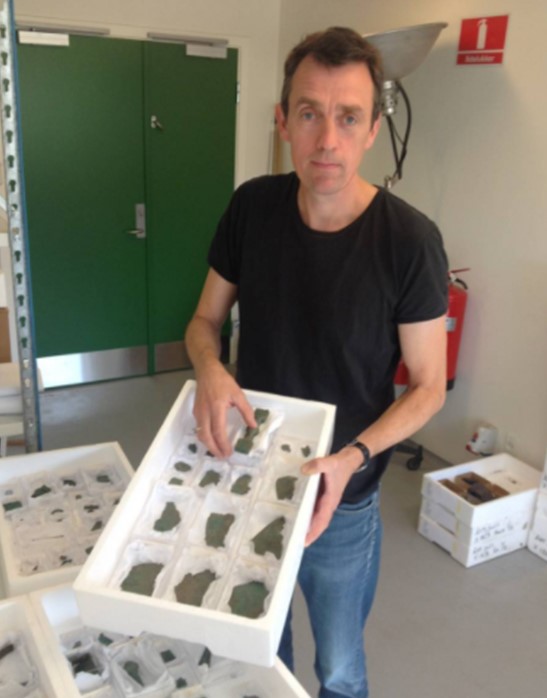
Expert’s Comments
Small Findings Making Big Impact
In an interview with a CNN reporter, Judith Vonberg, Sarauw revealed that his team also came across small items. The pilot carried food stamps, three unused condoms, and two Danish coins. These small findings provided the investigation with some context.

Small Findings Making Big Impact
Aalborg Canteen
The food stamps found were for a canteen in Aalborg, Denmark. This was not surprising since the Germans had a pilot training base in Aalborg during World War II. However, the food stamps revealed much more than the canteen’s location.
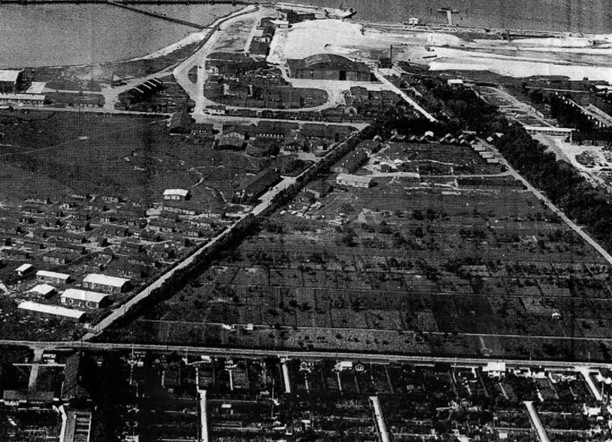
Aalborg Canteen
Food Stamps Reveal Possible Path of Pilot
Sarauw mentioned that the Messerschmitt Bf 109 recovered was the first of its kind to be discovered in northern Denmark. Upon examination of the food stamps, he speculated that the pilot had just left the training camp before his plane went down in Birkelse. But the question remains: who is the mystery pilot? Fortunately, another piece of crucial evidence surfaced.
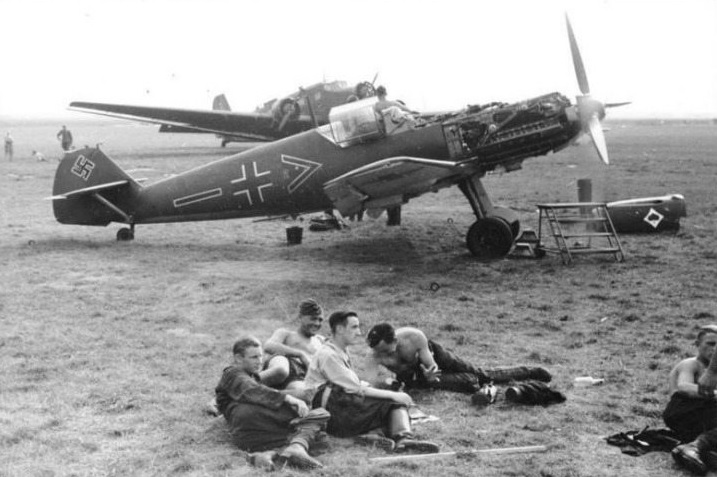
Food Stamps Reveal Possible Path of Pilot
Crucial Artifacts
Historians and museum experts from Sarauw’s team pieced together fragments from the pilot’s service record! Additionally, his name was recorded on a small calendar book and he had his initials inscribed on a watch. All these enabled Sarauw and his team to accurately identify the pilot of the plane. “It was not in one piece, but it was enough to read his name,” he explained.
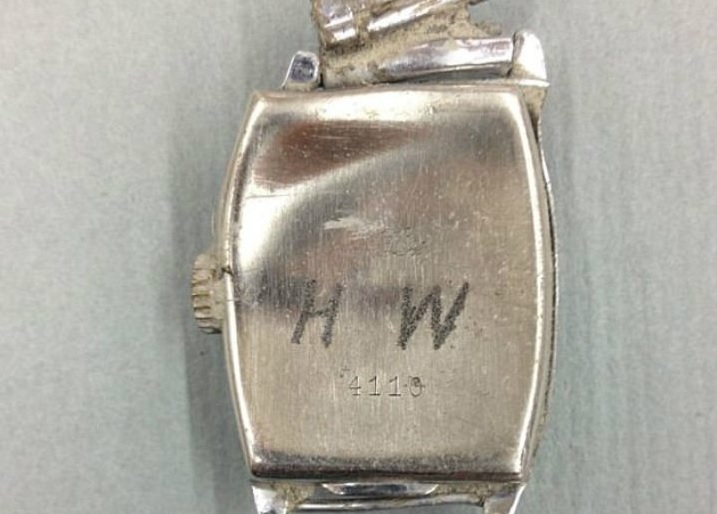
Crucial Artifacts
The Story Behind Mystery Pilot
The pilot was revealed to be 19-year-old Hans Wunderlich. The German government agency, Deutsche Dienststelle, corroborated this finding and disclosed that he died in a plane crash on October 10, 1944. His identity was confirmed with the aid of his remains, food stamps, and the flight log book.
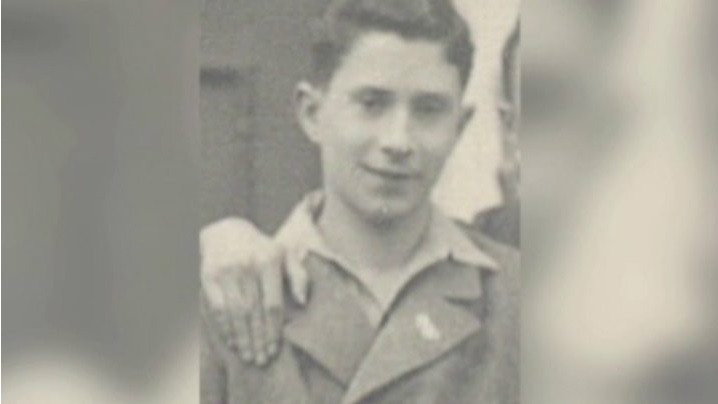
The Story Behind Mystery Pilot
Abandoned Search
Military records showed that Wunderlich was born in 1925 in the municipality of Neusorg situated at Bavaria, Germany. Sadly, they couldn’t determine the cause of the plane crash despite the best efforts of Sarauw’s team. Nazi records stated that the plane went down in a swampy field in Denmark. However, recovery operations did not push through.
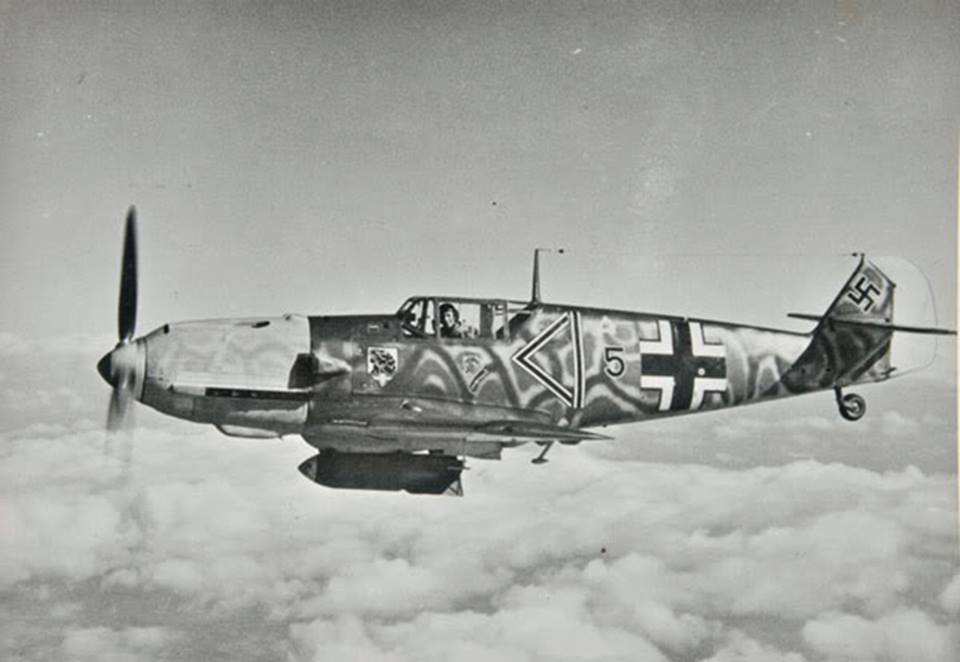
Abandoned Search
Rare Case
This incident was indeed a rare case as Sarauw had mentioned. Usually, military personnel would insist on bringing back the remains of the pilot. However, they permanently suspended search operations for the pilot and his plane since they claimed that his mission would be useless.
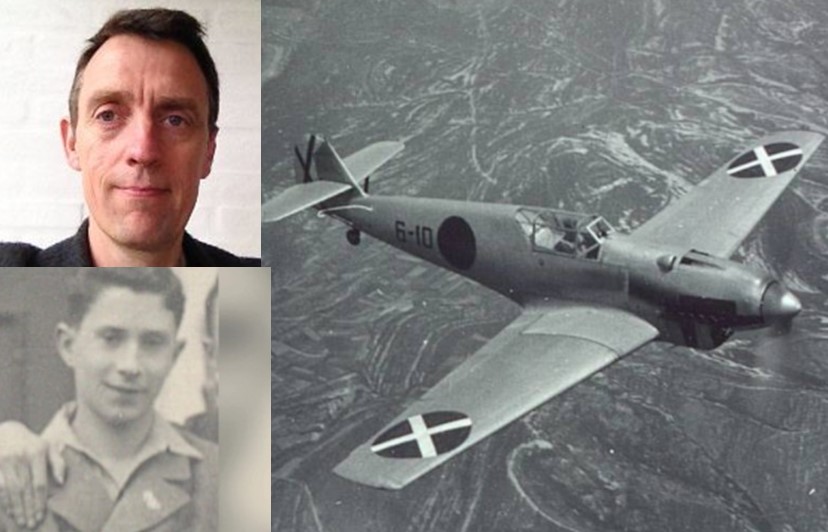
Rare Case
Danish Records Reveal More
Once the pilot’s identity was confirmed, The Daily Nordjyske published Hans Wunderlich’s name in a story. The newspaper had stated that his remains would be buried in a Danish war cemetery. However, this was not fulfilled due to Germany’s intervention.
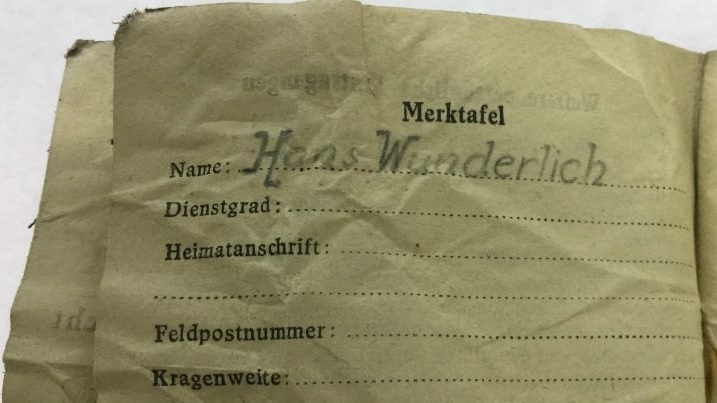
Danish Records Reveal More
What To Do With The Remains?
Hans Wunderlich had no living relatives at the time his remains were discovered. His parents had died in 2006. His only sister soon passed away after their parents did. Hans was an unmarried man that had no children. Where would his remains be laid to rest?
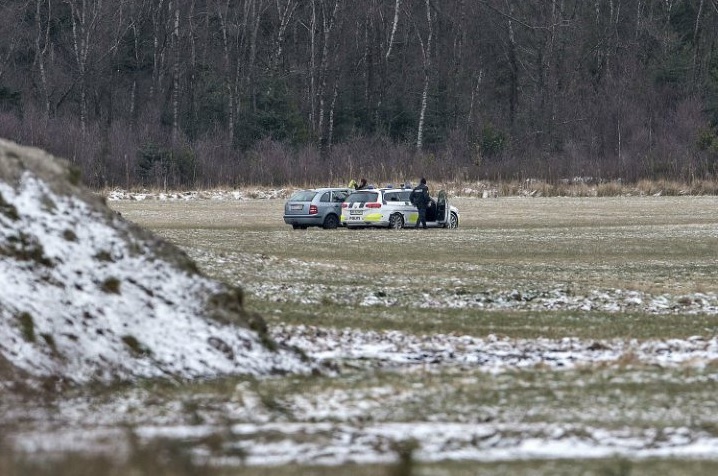
What To Do With The Remains?
Commission Makes Decision on Remains
The decision regarding Wunderlich’s final resting place was given to the German War Graves Commission. This commission is responsible for the funerals of World War II soldiers as well the maintenance of German war graves located in North Africa and Germany. They decided to send Wunderlich’s remains back to Germany. According to official records, Wunderlich’s death was officially registered on March 5, 1945.

Commission Makes Decision on Remains
Delicate Investigation
As mentioned previously, the area surrounding the crash site was closed off to the public. This was primarily due to the threat of explosives and ammunition on the site. The access to the area was limited to police and other authorities. Meanwhile, the plane wreckage and human remains were sent to The Historical Museum for further examination.
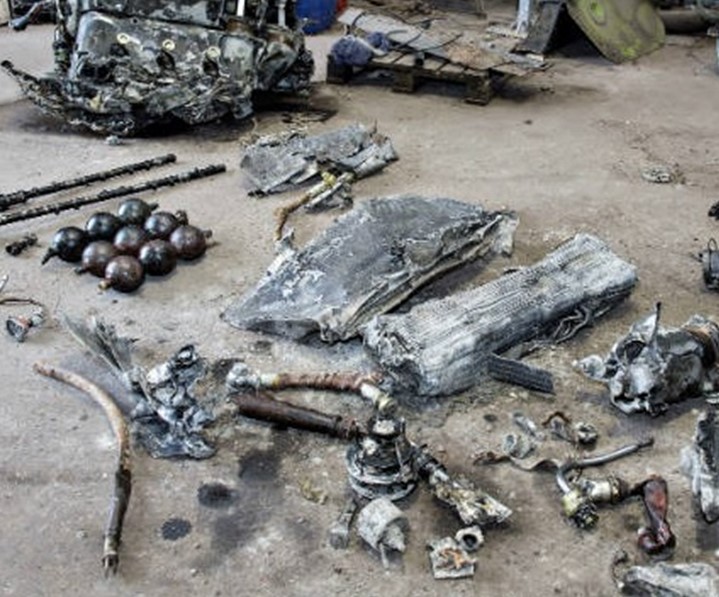
Delicate Investigation
Keeping Findings Together
Although Wunderlich’s remains will be buried in Germany, the rest of the discovered items will remain in Denmark. Sarauw stated, “We think it’s important to keep the findings together.” Moreover, this remarkable discovery has ignited a desire among Danish children to learn more about World War II. Sarauw is hopeful that the artifacts found would help pique interest in history among future generations.
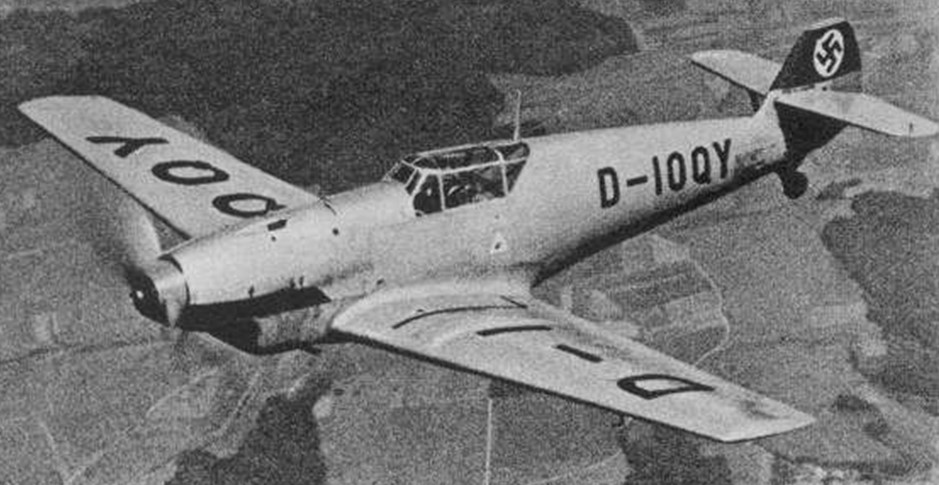
Keeping The Findings Together
Checking Records for More Info
The spokesperson for the German embassy in Denmark also stated that the archives were key to discovering the pilot’s identity. However, besides his name, people want to know the role he played in the war. Why did he fly over northern Denmark after leaving the training camp? There was still a lot to learn about his story.
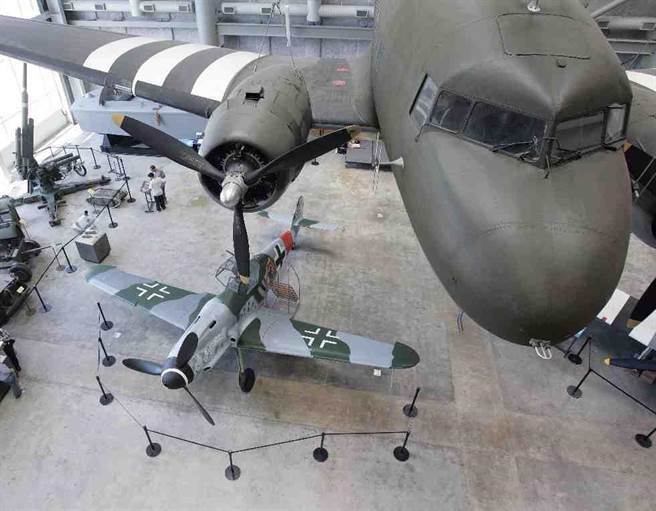
Checking Records for More Info
History of Occupation
On April 9, 1940, Germany successfully invaded Denmark after just six hours of combat. The invasion was one of the shortest military operations during World War II. The attack was part of Operation Weserübung, the code name for Germany’s assault on Norway and Denmark. Their attack on Denmark was geared towards taking over the city of Narvik which was a crucial port at the time. The mission would otherwise be in vain without occupying the air base in Aalborg.
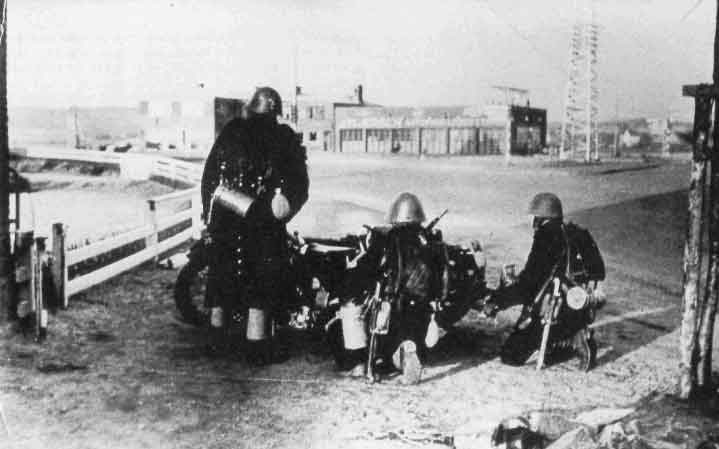
History of Occupation
Attacking Denmark
Knowing the circumstances of the war at that time helped answer questions about the pilot’s mission. During World War II, the German High Command believed that invading Denmark and Norway would pave the way for the occupation of Scandinavia.
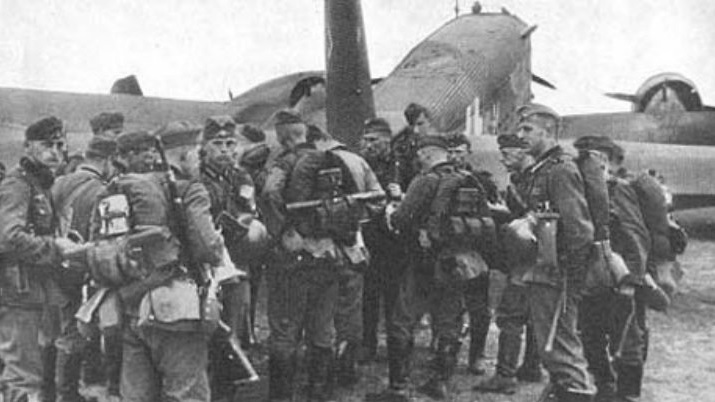
Attacking Denmark
The Occupation
However, the Germans failed to anticipate that the Danes were aware of their attack. They simply decided not to launch a counter-attack. The Danish government wanted to avoid provoking the Germans. As a result, the Germans remained in power from 1940 to 1944. Indeed, Klaus’s grandfather remembered the time correctly.
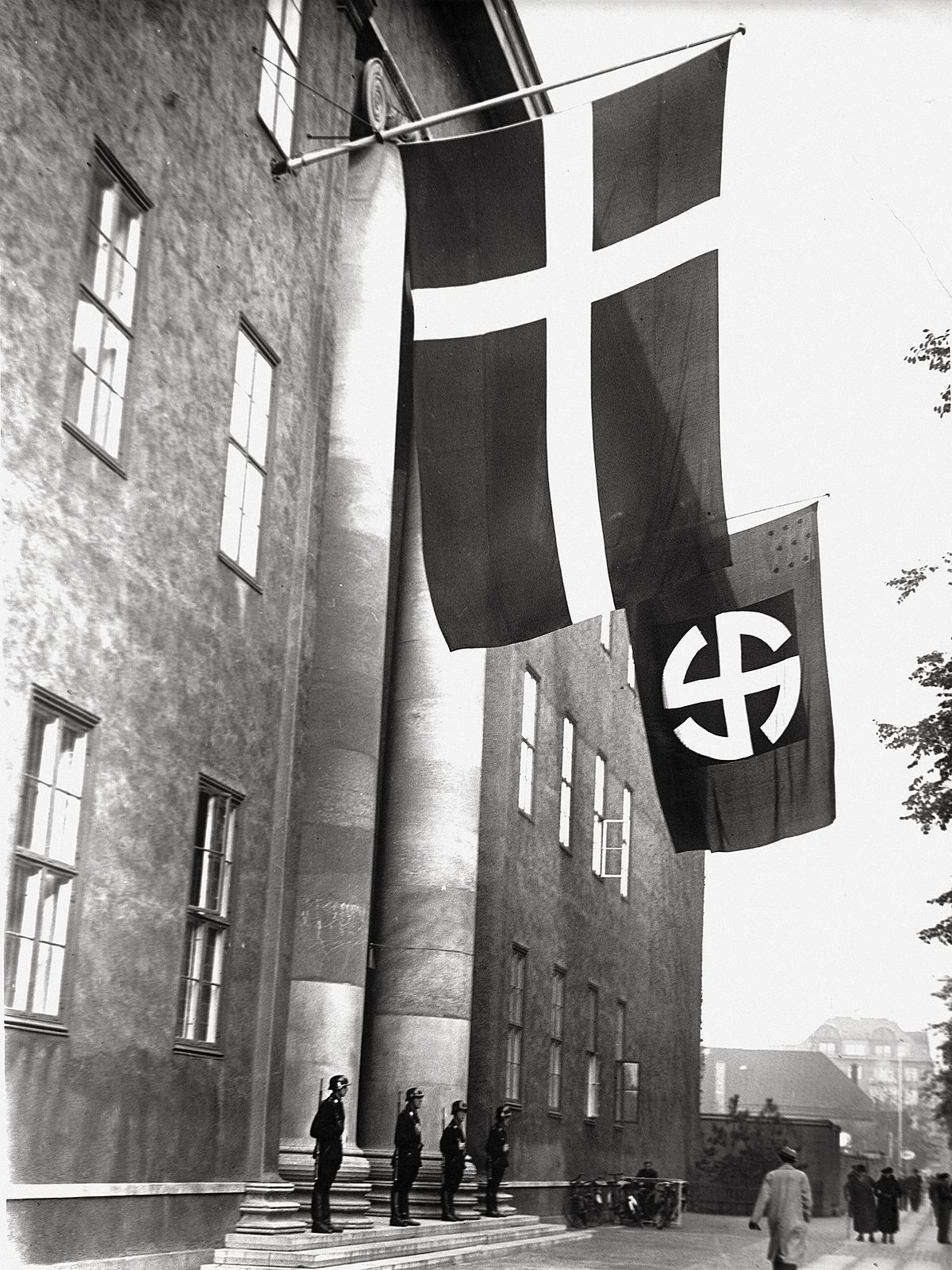
The Occupation
Grandpa’s Stories Were More Than Just Stories
In an interview with CBC Radio One’s Carol Off, Klaus recalled that his grandfather mentioned that the plane crash happened seven months prior to Denmark’s independence from Germany. The only flaw in his grandfather’s story was that the plane had been retrieved after a week! Nevertheless, his grandfather’s old tale was key to unearthing the rare discovery.
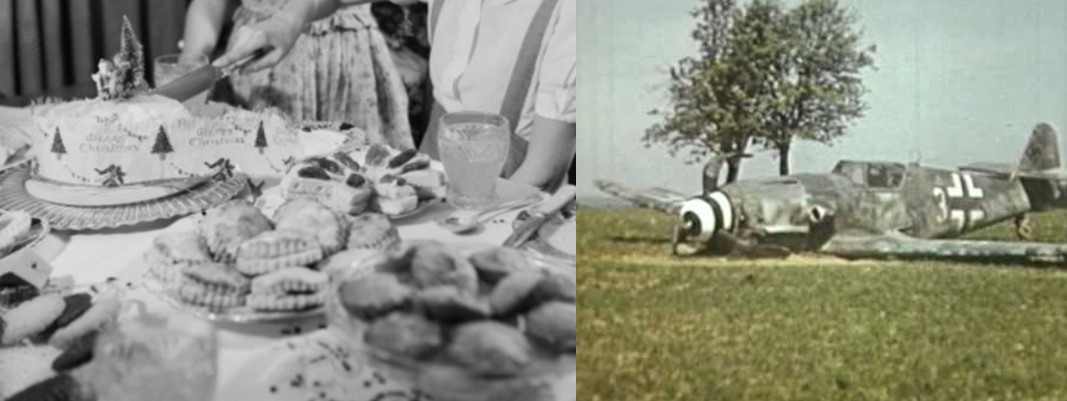
Grandpa’s Stories Were More Than Just Stories
What About That Assignment?
You might be wondering what happened with Daniel’s school assignment. Klaus told reporters, “Luckily my son has something to write about in his assignment now…It’s quite exciting for all of us.” We definitely think Daniel deserves an excellent mark for both effort and content. Furthermore, he wishes to update his schoolwork after the investigation comes to a close.
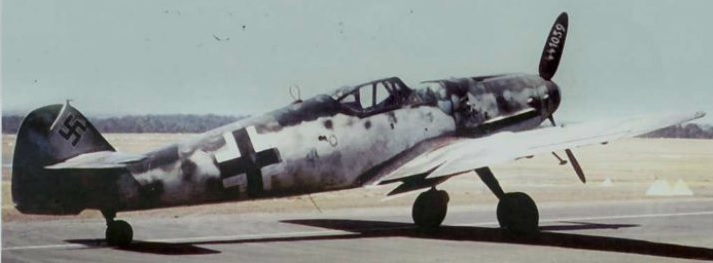
What About That Assignment?
Special Find
Birkelse is a small village approximately 155 miles northwest of Denmark’s capital, Copenhagen. As Sarauw had mentioned, it was quite extraordinary to find remains of a German aircraft in this part of Denmark. What’s more surprising was that it has gone undiscovered for over 70 years!
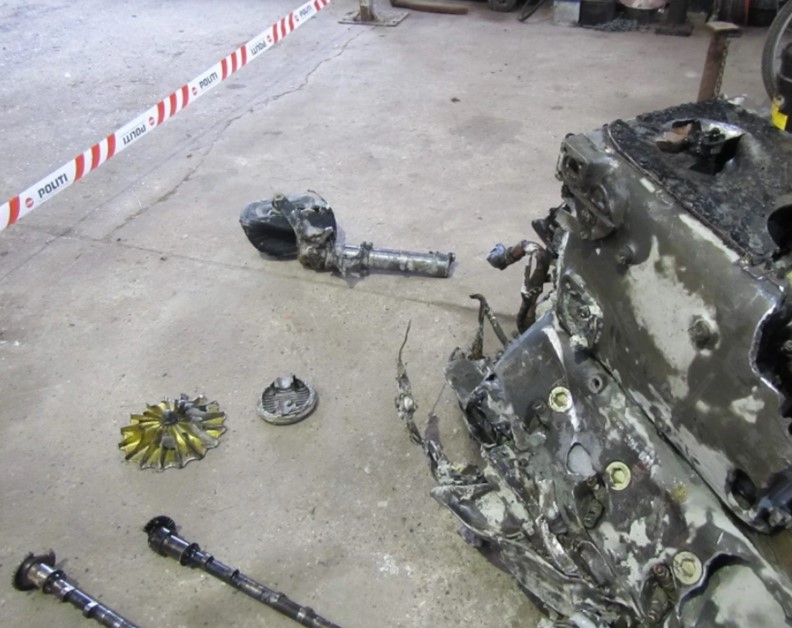
Special Find
Witness
After the story reached international news, a lot of people began to weigh in on the story of the German plane. An account from Northern Jutland by 94-year-old Sigaard Jensen seems to be highly plausible. In an interview with Politiken, he stated that when he was 22, he remembered seeing a plane crash near a field. At the time, he was searching for peat to fuel his stove. The plane circled in the sky before crashing on the field at full speed! However, he didn’t bother telling anyone about what happened.

Witness
Family Farm’s New Role
To commemorate the discovery, the Kristiansen family decided to put up an exhibit in their barn. Starting summer of 2017, the exhibit was opened to the public. It featured images and replicas of the recovered German aircraft. The Historical Museum helped the family create the exhibition.
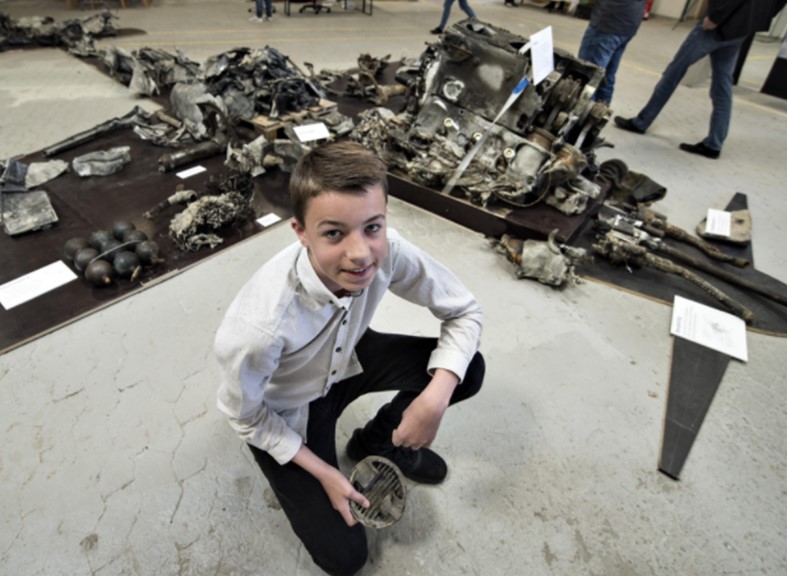
Family Farm’s New Role
Local History
Klaus Kristiansen together with his wife, Britt Rom Kristiansen, wanted their exhibit to center around local history. For this, they asked for assistance from the local history association. Furthermore, the local Resistance Movement was formed just about a hundred meters from their family farm! They also included the artificial city constructed by the Germans.
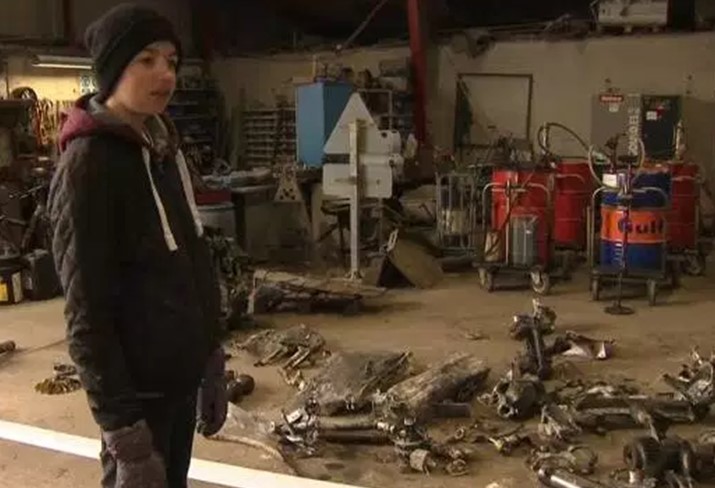
Local History
Family Project
Each member of the Kristiansen family played a role in the completion of the exhibit. Klaus elaborated, “Daniel has done a lot of work to make things happen, his 17-year-old Marie is responsible for Facebook and posters, and the 11-year-old twins, Kamilla and Laura, have to sell tickets in the door. There is summer vacation job for the whole family.” Additionally, Sigaard Jensen, a witness of the plane crash, retold the story to the visiting crowds.
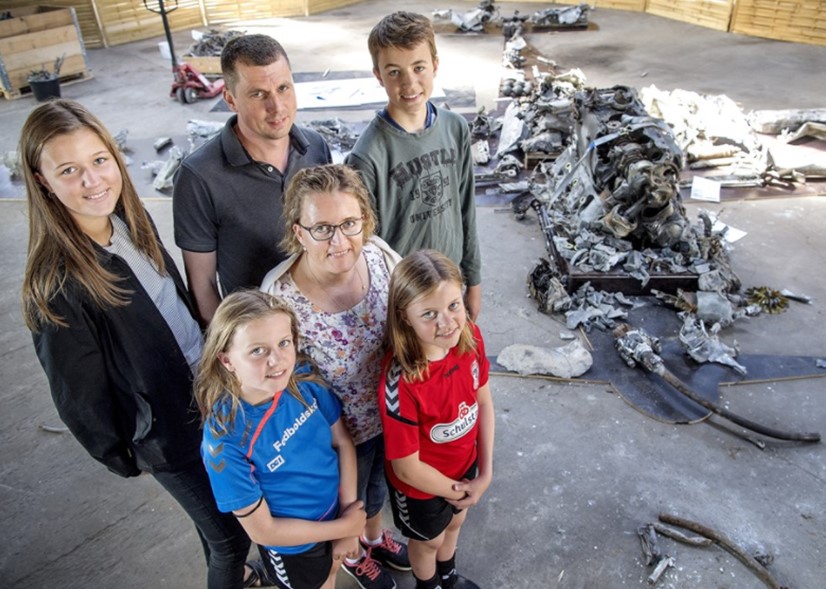
Family Project
Fairly Common Occurence
Daniel’s discovery was only one of the many modern discoveries of World War II artifacts in Europe. To date, several mines have been discovered along the coast of England. In the summer of 2016, two kids accidentally came across a German mine on an English beach.
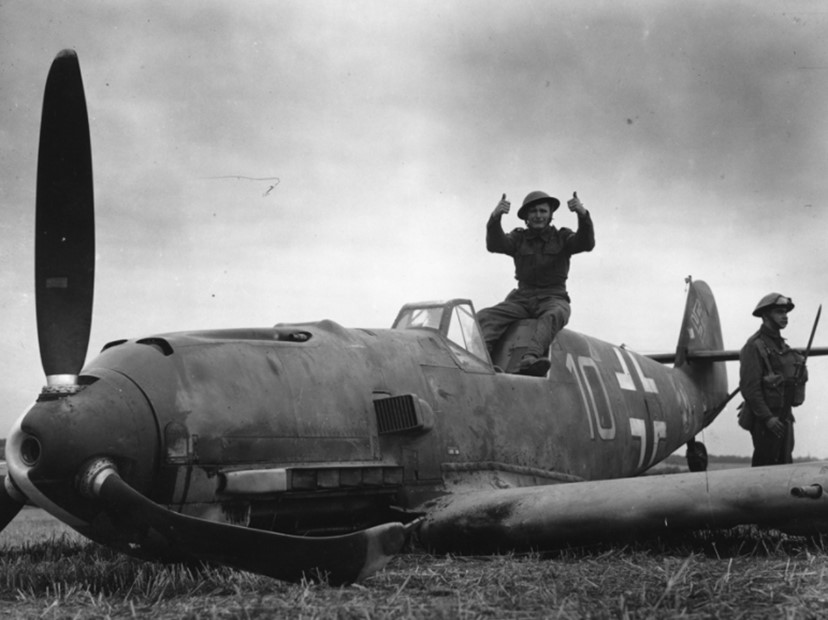
Fairly Common Occurence
German Mine
The place was Seaford beach situated in East Sussex. The Newhaven Coastguard was immediately called to the site. They confirmed that the fragments discovered were part of a German sea mine, however, it was just the bottom part of the mine. Thus, there was no possibility of explosion and the beach was deemed safe for the public.
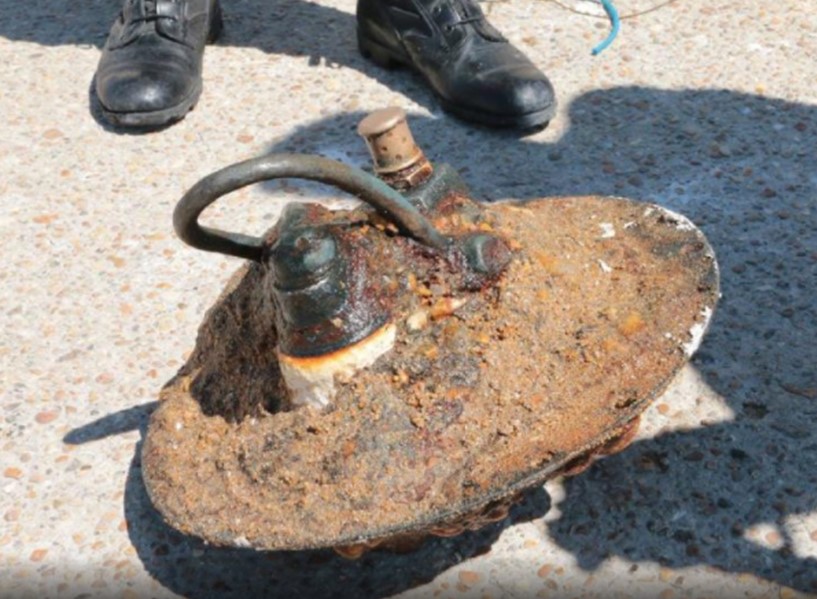
German Mine
War Artifacts
English beaches proved to be home to several mines during World War II. In recent years, several war artifacts have been found along the coast of England. On Birling Gap beach, just five miles away from Seaford beach, a dangerous bomb was discovered. In East Worthing by the sea, a man also found a shell while he was walking his dog!
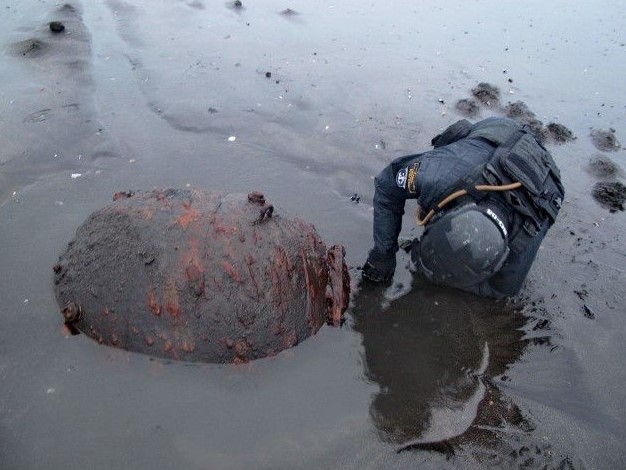
War Artifacts
The Bf 109
Going back to the German fighter plane, the fighter plane had a liquid-cooled, inverted V12 engine encased in an all-metal monocoque body with a closed canopy. It was also equipped with a custom retractable landing gear. The Messerschmitt Bf 109 was indeed a highly advanced machine at the time of the war.
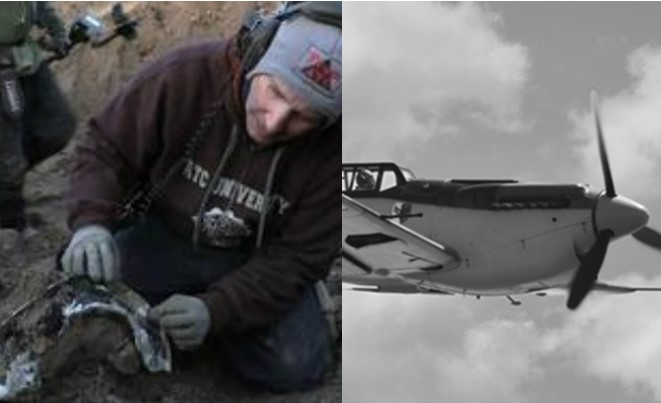
The Bf 109
What Was This?
The Messerschmitt Bf 109 was also referred to as the Me 109 by both the Axis Powers and Allied Forces. The Nazi’s core aerial warfare branch was mostly composed of these Bf 109 fighter planes. The plane was named after the German aircraft engineer Wilhelm “Willy” Messerschmitt.
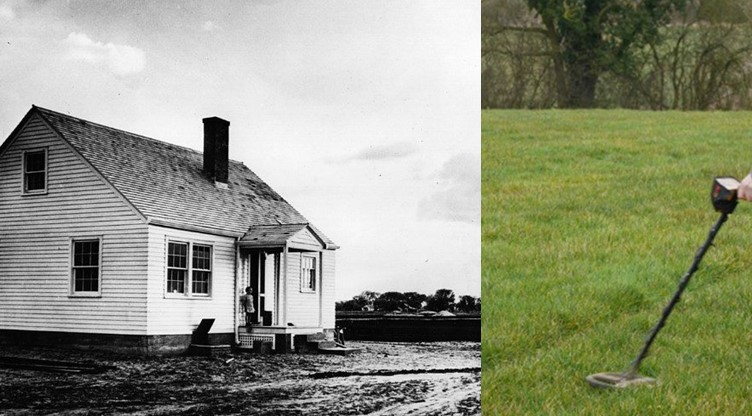
What Was This?
Common Crashes?
There were several incidents reporting the crash of these Bf 109 planes in both Western and Eastern Europe. In 2003, archaeologists uncovered an Me 109 at the bottom of an ice-covered Russian lake. Nevertheless, finding it in your own backyard must be quite surprising.
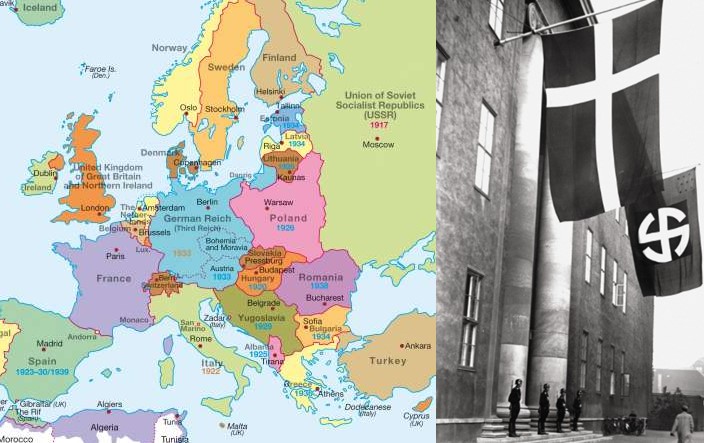
Common Crashes?
Listen to your Elders, Folks!
One lesson that Klaus learned from this ordeal was to always listen to your elders: “He was telling a lot of stories, my grandfather. Some of them were not true, and some of them were true – but this one was true. Maybe I should have listened to him a bit more when he was alive!” That’s why the younger generation should closely pay attention to what their elders tell them. A valuable lesson or discovery may come from those tales! You might even join the list of people who have made recent WWII discoveries…

Listen to your Elders, Folks!
WWII Shipwreck Lard Found On Beach
Another discovery from WWII was uncovered along the beaches of Scotland. During the war, a merchant vessel was bombed off the coast of Scotland. It carried numerous barrels containing lard. Although the wooden barrel containers had been completely degraded, the chunks of lard inside remained intact. In the late 60s and early 70s, residents spotted lard chunks washed ashore after a storm. Fishermen also reported catching big fishes near the site of the shipwreck! This was probably because the fishes started to feed on the lard. Recently, in 2013, lumps of lard surfaced in St. Cyrus beach after a strong storm.
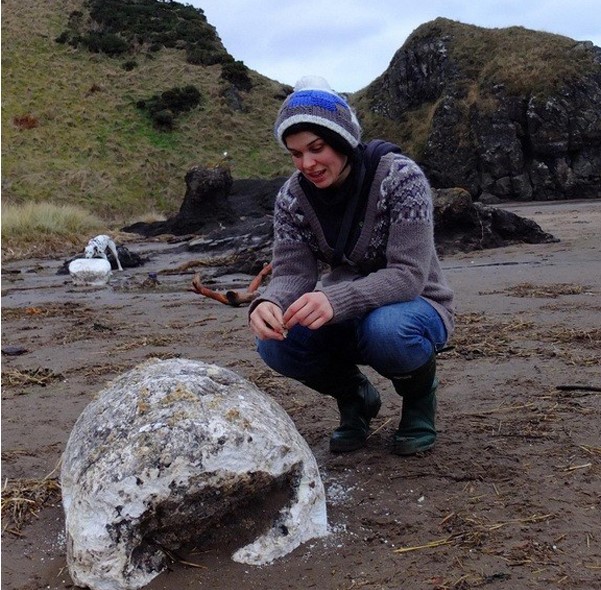
WWII Shipwreck Lard Found On Beach
Missing Japanese Mega-Submarine Found
In 2013, an I-400 Japanese submarine was located near the coast of Oahu, Hawaii. It was recovered 2,300 feet under water. This super submarine had been reported missing in 1946. It was the largest and most advanced submarine of its time. It can deploy three 1800 kg bombs in just a matter of minutes. Moreover, it can travel around the world one and a half times without refueling. After World War II, the unit was secured and kept at Pearl Harbor. During the Cold War, the Soviet Union asked for the submarine in accordance with the WWII treaty. However, the Americans did not divulge the location of the submarine to prevent the Soviets from acquiring its technology.
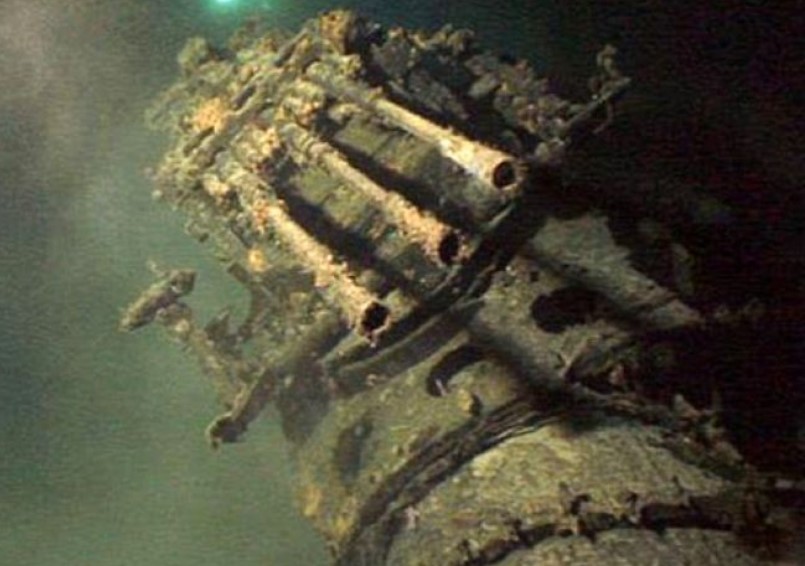
Missing Japanese Mega-Submarine Found
$36 Million Of Silver Found From WWII Shipwreck
Now, here’s a story about a real sunken treasure. On February 17, 1941, the Nazis bombed a British merchant vessel transporting around 61 tons of silver. The ship was originally escorted by a military escort as it journeyed from India to England. However, it veered away from its original path since it had insufficient coal in addition to the unfavorable weather. Reports have stated that only one man out of 86 aboard the ship survived. In 2011, the shipwreck was discovered by a team of American-based underwater archaeologists. It was located 300 miles from the coast of Ireland at a depth of three miles. The silver recovered had a total weight of 1.8 million ounces. It costs roughly $36 million today!
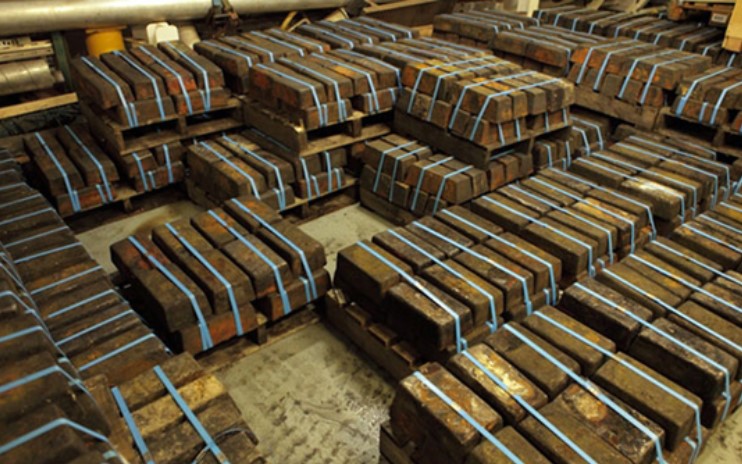
$36 Million Of Silver Found From WWII Shipwreck
WWII Bomb Kills Construction Driver
In 2014, an unfortunate incident occurred when a WWII bomb set off in a construction site in Germany. The driver of a bulldozer unknowingly triggered the bomb while he was digging through dirt and debris on the site. This resulted in a massive explosion that reverberated within a few kilometers. Unfortunately, the bulldozer driver was killed on site while 13 others were injured. The bomb discovered was one of the many used by the Allied forces to bomb Nazi factories.
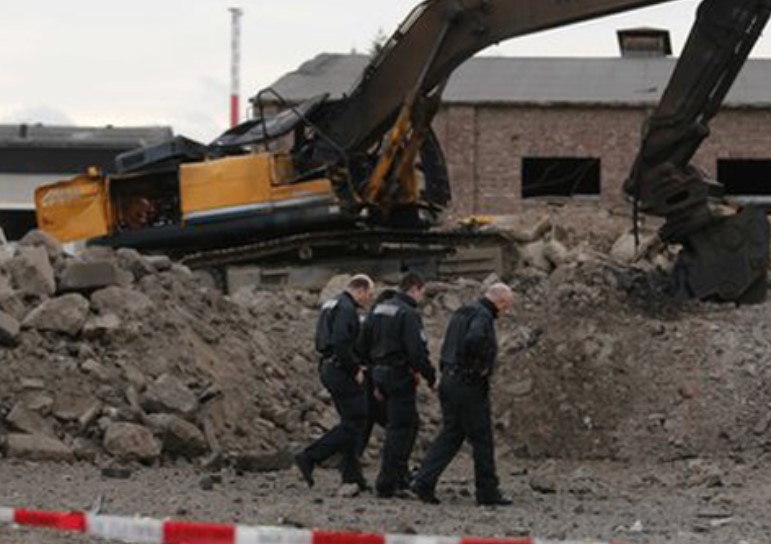
WWII Bomb Kills Construction Driver
German Sub Found Near Nantucket
A German submarine U-550 was found near the coast of Nantucket, Massachusetts in 2012. The submarine was positioned there to bomb merchant vessels and create blackouts in nearby cities. In April 1944, this U-550 submarine launched a torpedo towards an oil tanker. Due to the attack, its location was traced by the USS Joyce. Once it resurfaced, it was hit by one of the escorts of the American tanker together with two depth charges. As a result, the submarine’s crew abandoned ship and left it to explode. It then sunk deep underwater and stayed hidden for about 70 years.
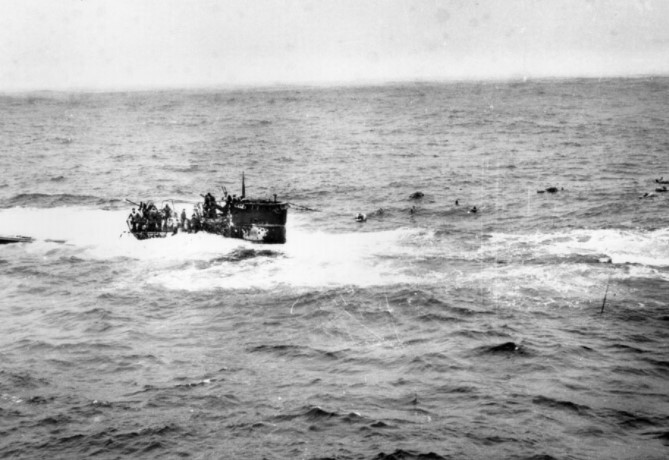
German Sub Found Near Nantucket
Hidden Bunker for Adolf Hitler and Joseph Goebbels
A series of remarkable discoveries occurred after the collapse of the Berlin wall. During the city’s rehabilitation, the underground infrastructure was reconstructed. In 1997, construction workers discovered the bunker Joseph Goebbels used during World War II as well as the bunkers of the SS Chauffeurs. Finally, in 1999, Adolf Hitler’s bunker was found along with his bodyguards’ bunker. The government secured these bunkers to prevent any Nazi sympathizers from making a shrine out of them!
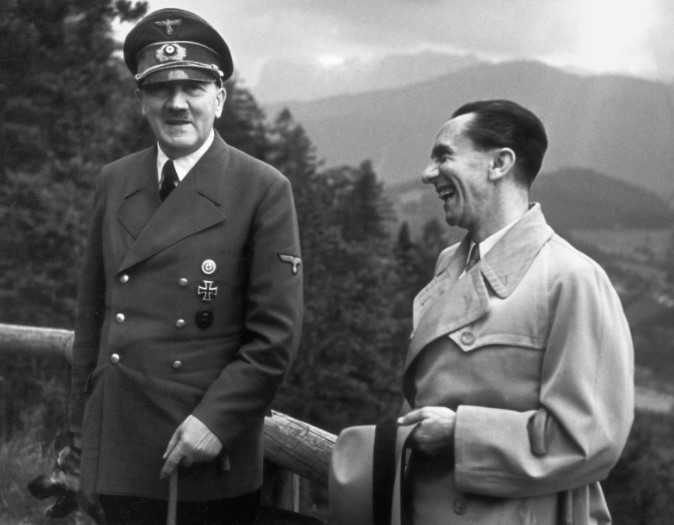
Hidden Bunker For Adolf Hitler And Joseph Goebbels
Lost Battlefield Found in Papua New Guinea Jungles
In 2010, Australian trekker Brian Freeman searched the jungles of Papua New Guinea for a WWII battle site. He learned about the site after looking into diaries and maps which stated that a battle occurred in Eora Creek, Papua New Guinea sometime in 1942. The battle would result in 79 casualties and 145 injured Australian soldiers. After arriving at the site, he realized that the local Alola people kept the battlefield untouched. The locals believed that the spirits of the dead remained on the field. Not to mention the fact that they were afraid of setting off bombs in the area.
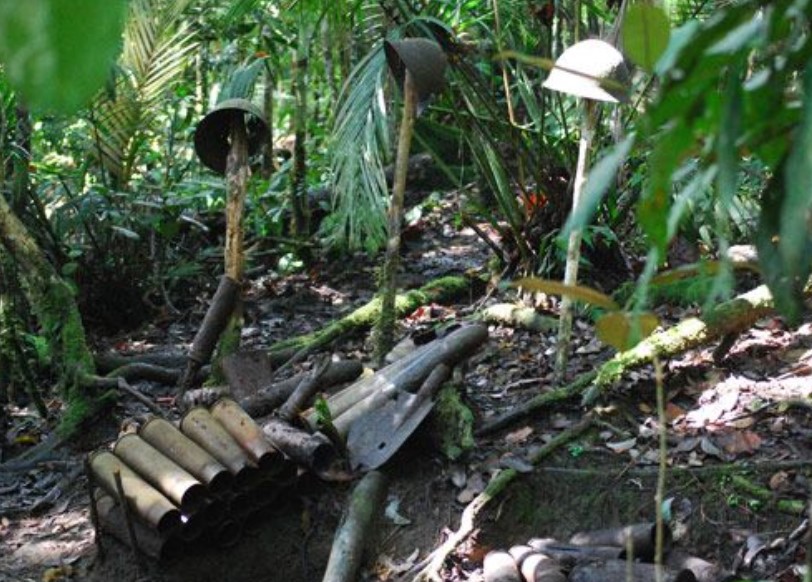
Lost Battlefield Found In Papua New Guinea Jungles
Pigeon Carrier Message From WWII Found In 2012
During World War II, coded messages were typically delivered using pigeons. Reports have stated that the British used almost 250,000 carrier pigeons during the war. In 2012, David and Anne Martin came across a pigeon’s skeleton in their chimney. A tiny red container had a coded WWII message inside! However, code breakers from Britain’s Government Communications Headquarters were unable to decipher the message. Luckily, after a month, Canadian Gordon Young was able to partially decode the message with the help of his great uncle’s codebook. Here was the deciphered message: ‘Hit Jerry’s right, reserve battery here. Electrical engineers headquarters are already known. Troops, batteries, panzers, engineers are here.’ The message allegedly included fillers for security in case of interception.
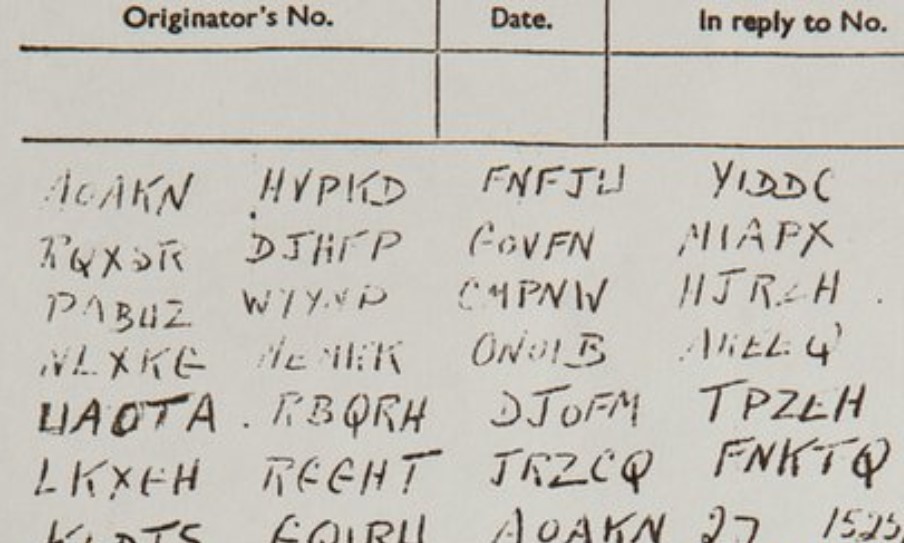
Pigeon Carrier Message From WWII Found In 2012
Forest Swastika Discovered in 1992
In 1992, a pilot spotted a Swastika symbol created by the formation of larches. It was situated in a forest near the village of Zernikow. Authorities were then forced to cut down 43 larches in the area to remove the outlawed symbol. However, in 2000, the trees only grew back! Another 25 trees were chopped down to get rid of it for good.

Forest Swastika Discovered In 1992
Color Photo Of German Surrender Finally Released in 2009
In 2009, a colored photograph of Germany’s surrender resurfaced at an auction. The German surrender was photographed in 1945 when General Eberhard Kinzel and General Admiral Hans von Fiedeburg yielded to British Field Marshal Bernard Montgomery. The picture was secretly taken by British Field Marshal Ronald Playforth behind the bushes!
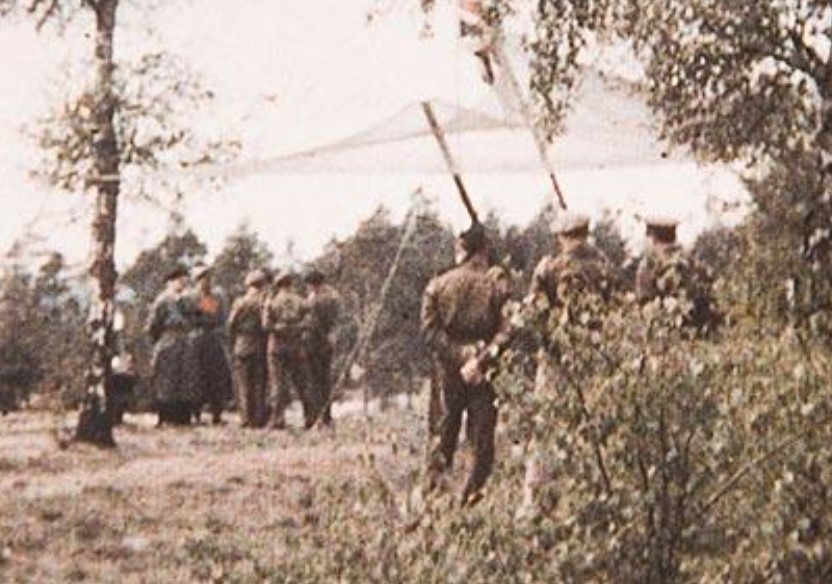
Color Photo Of German Surrender Finally Released In 2009


